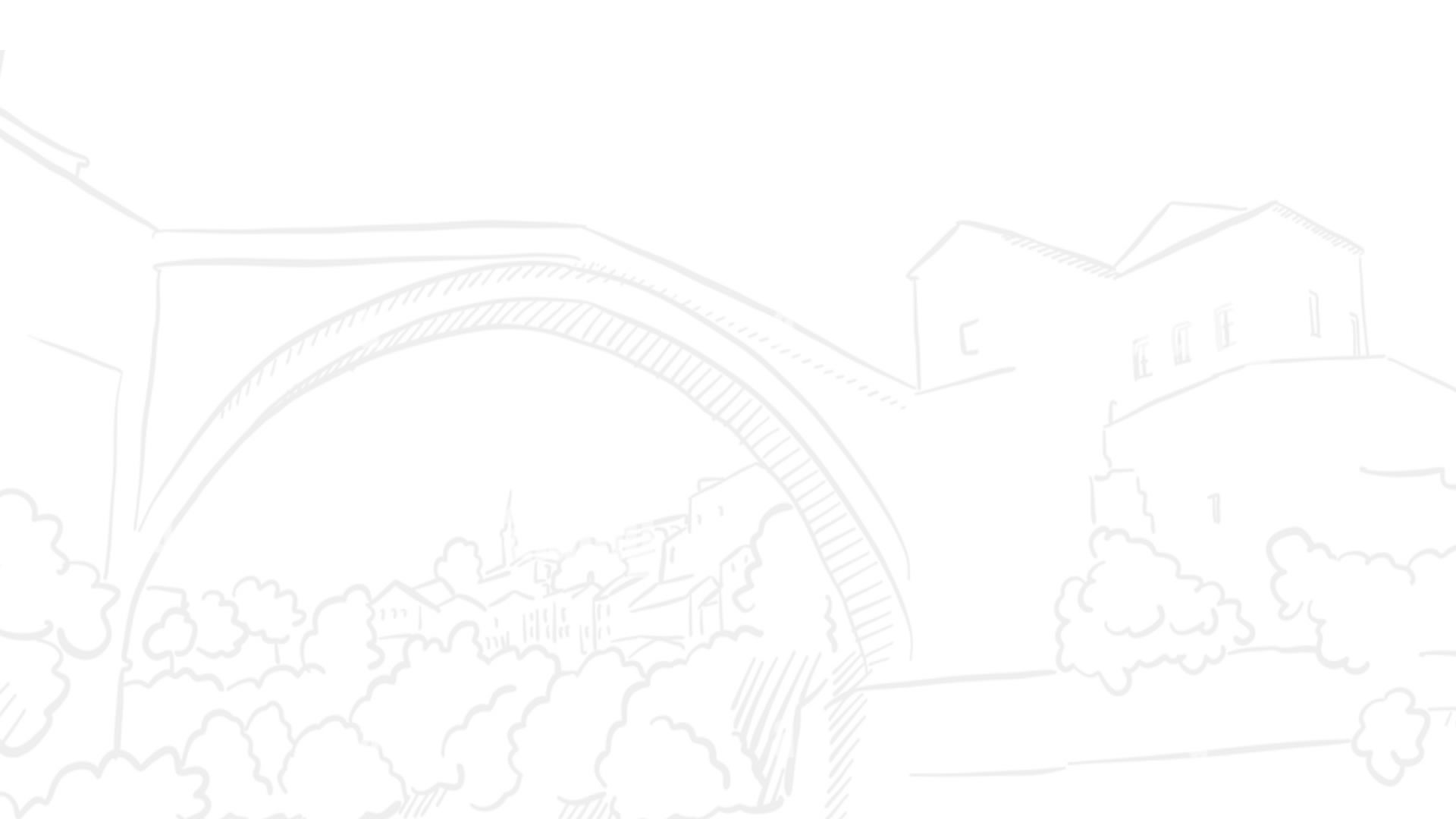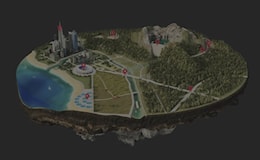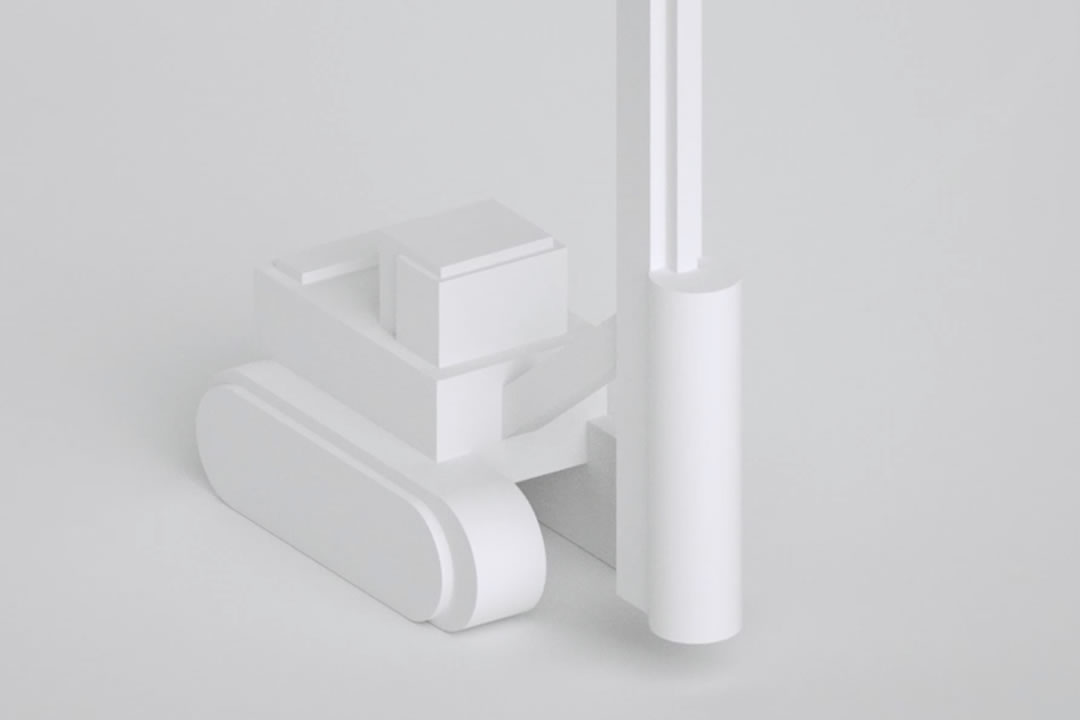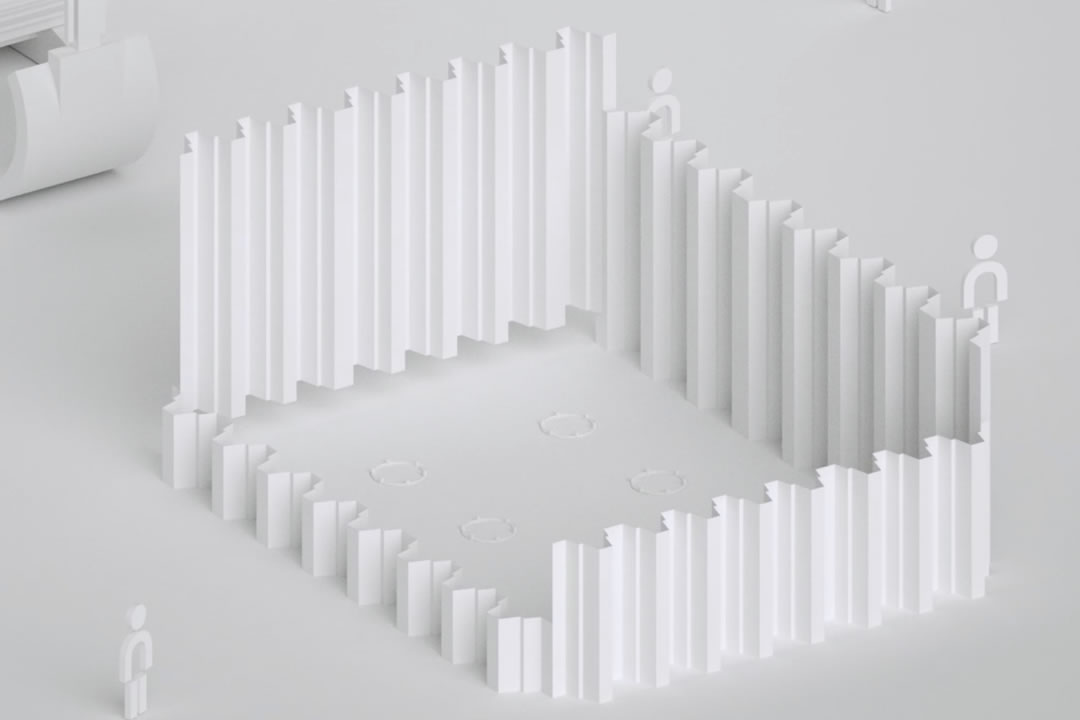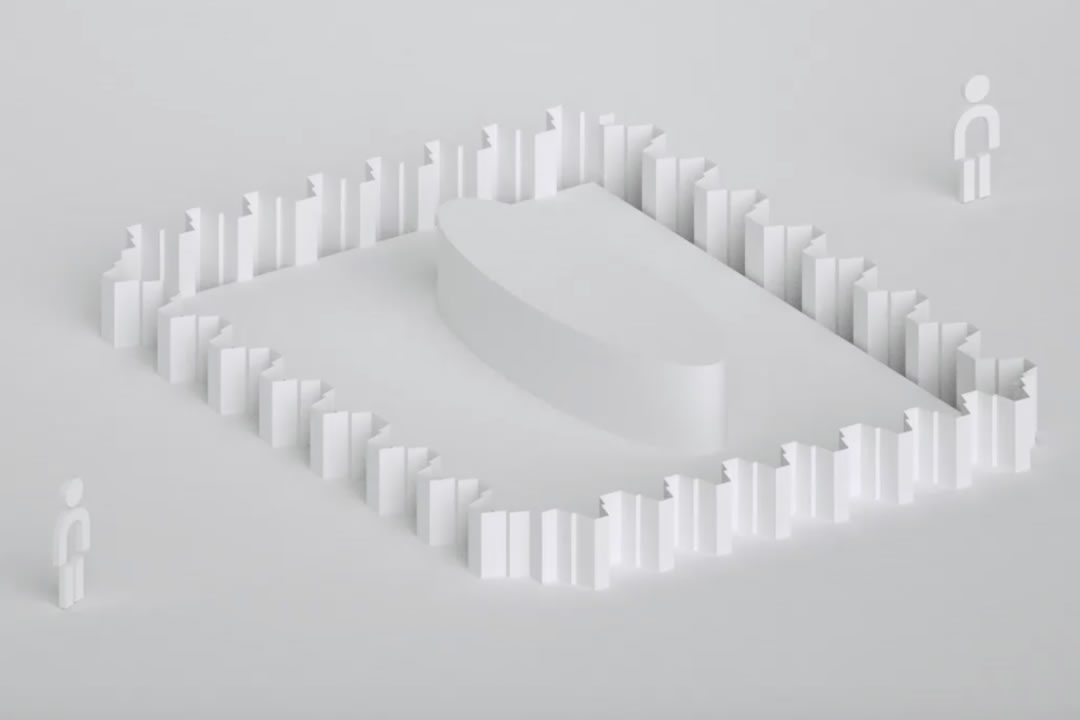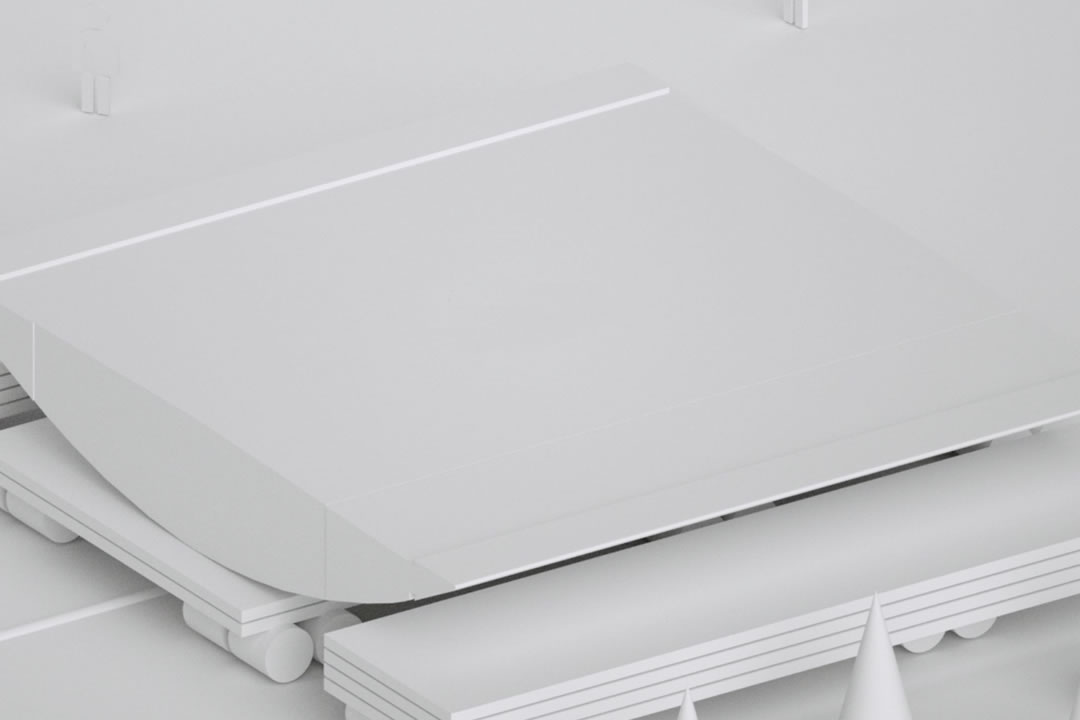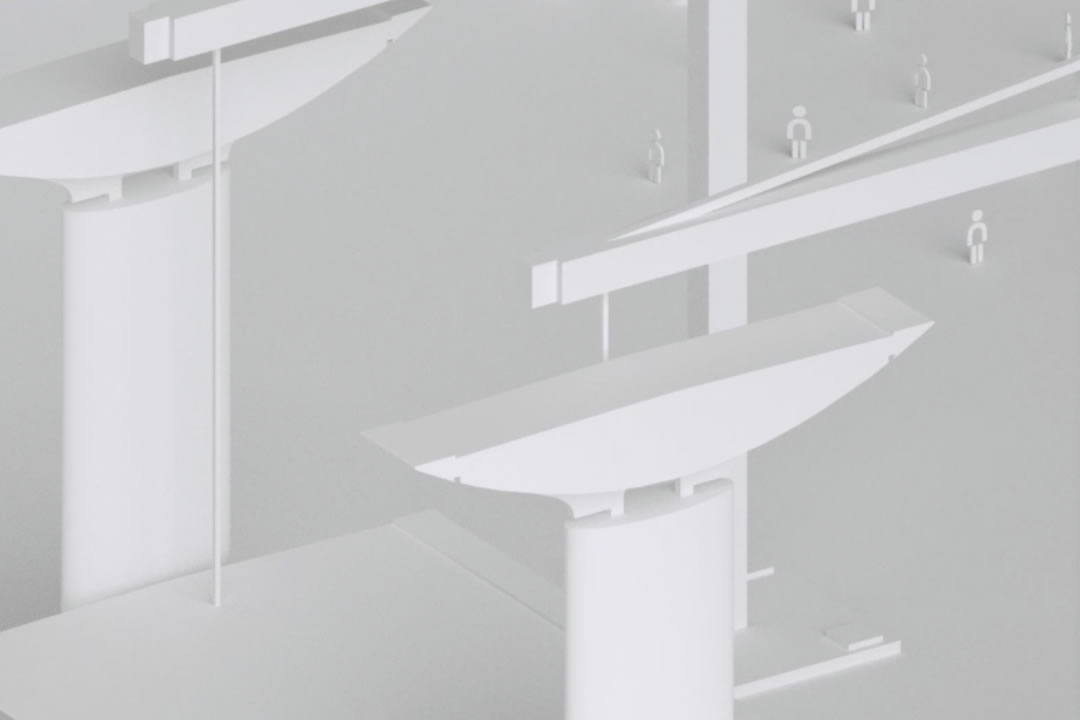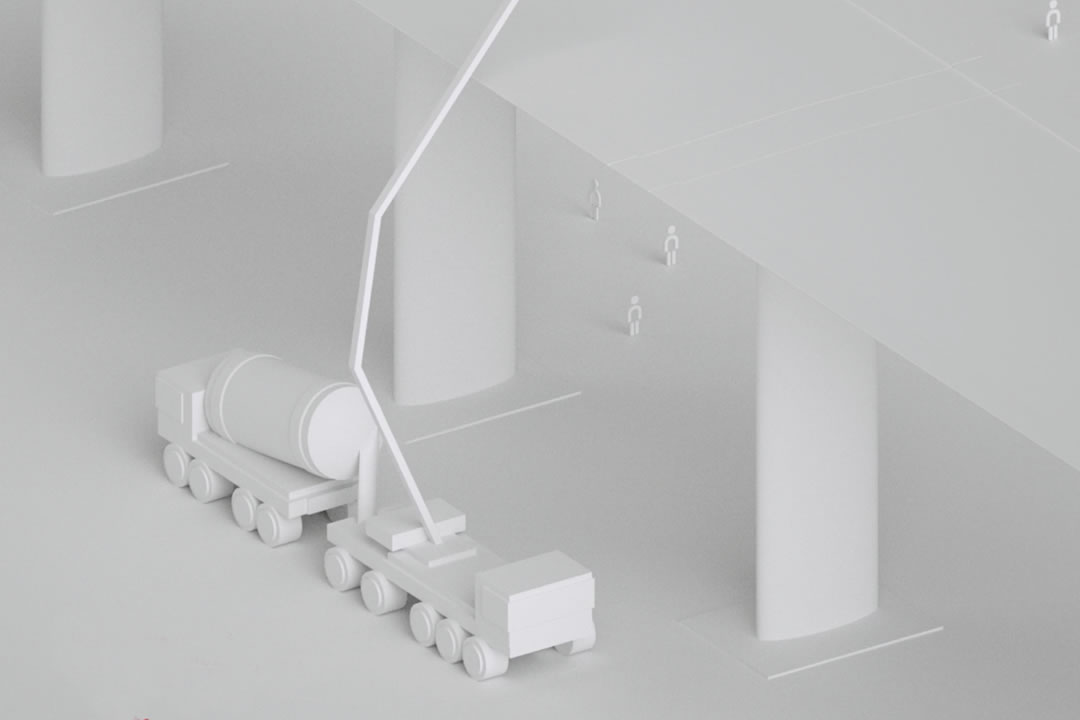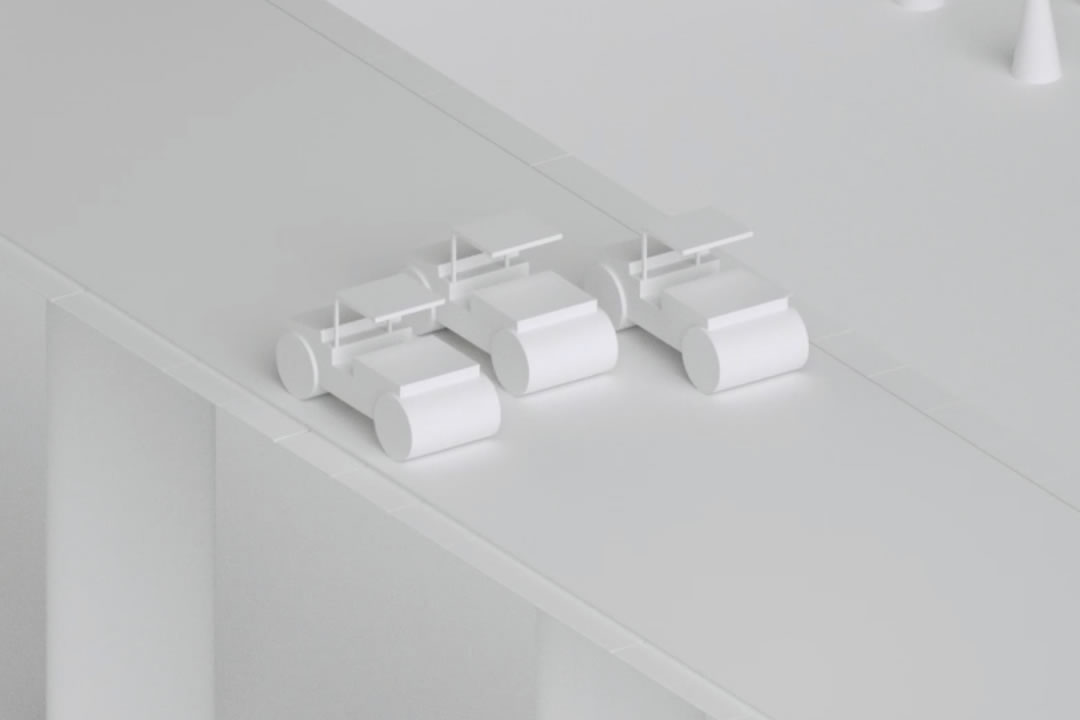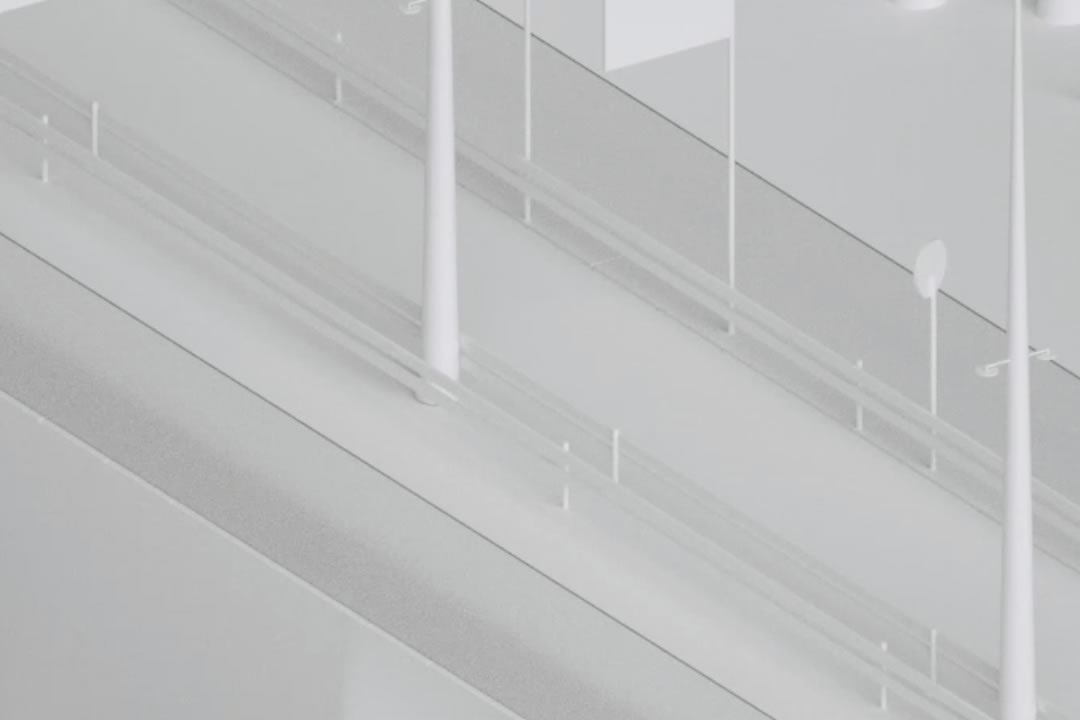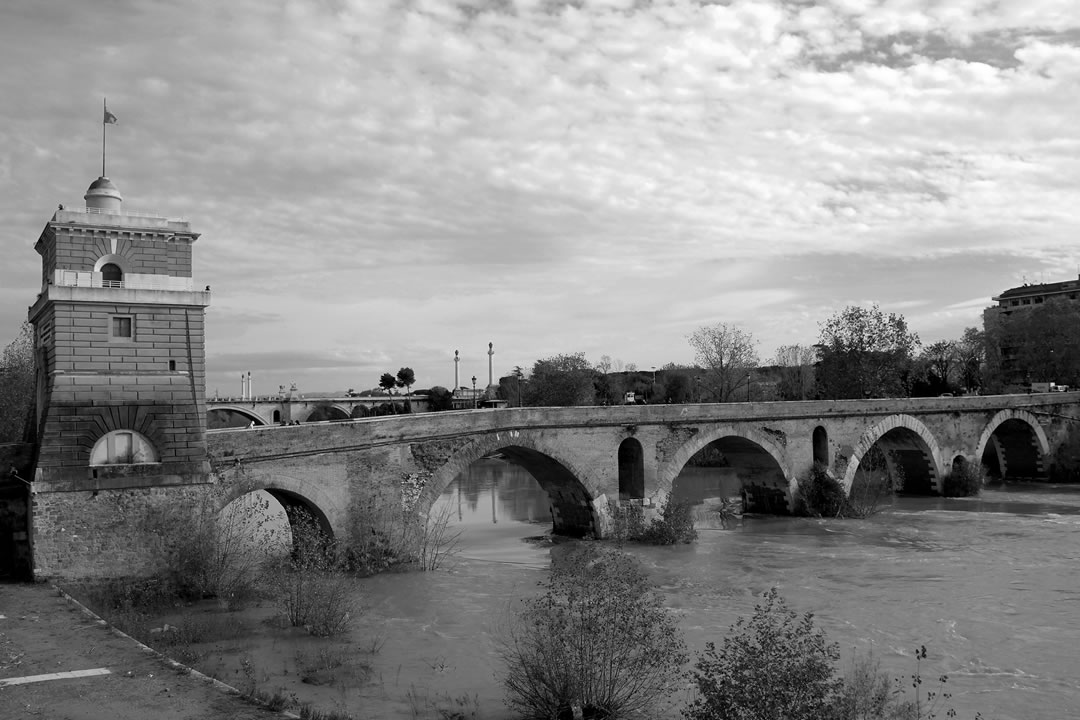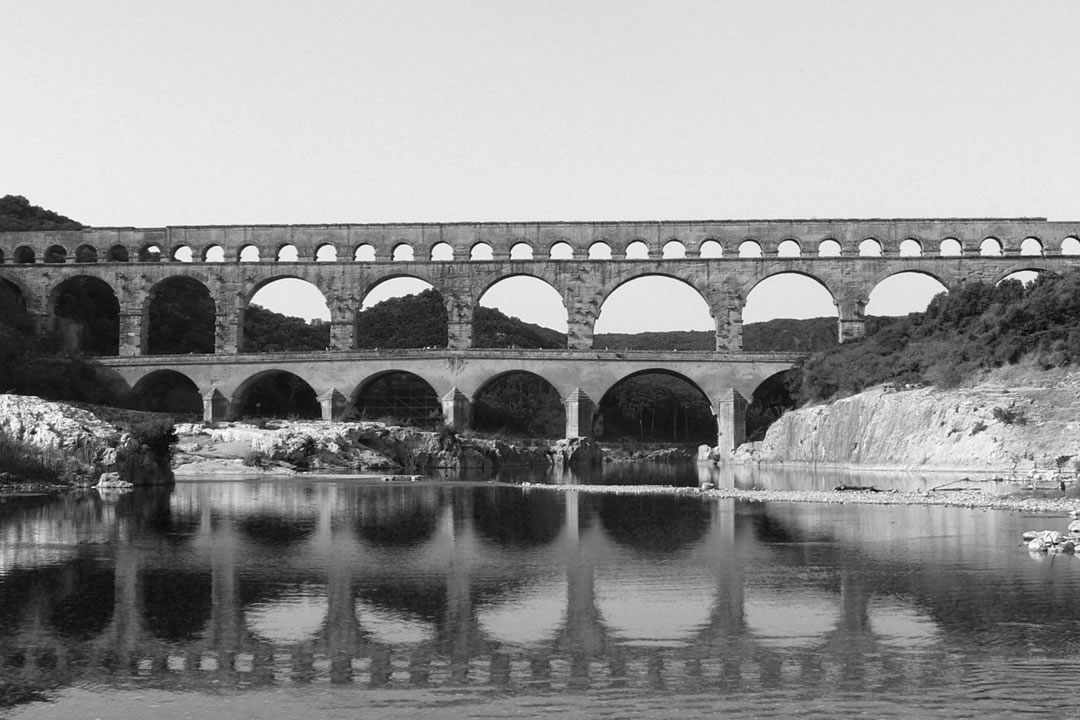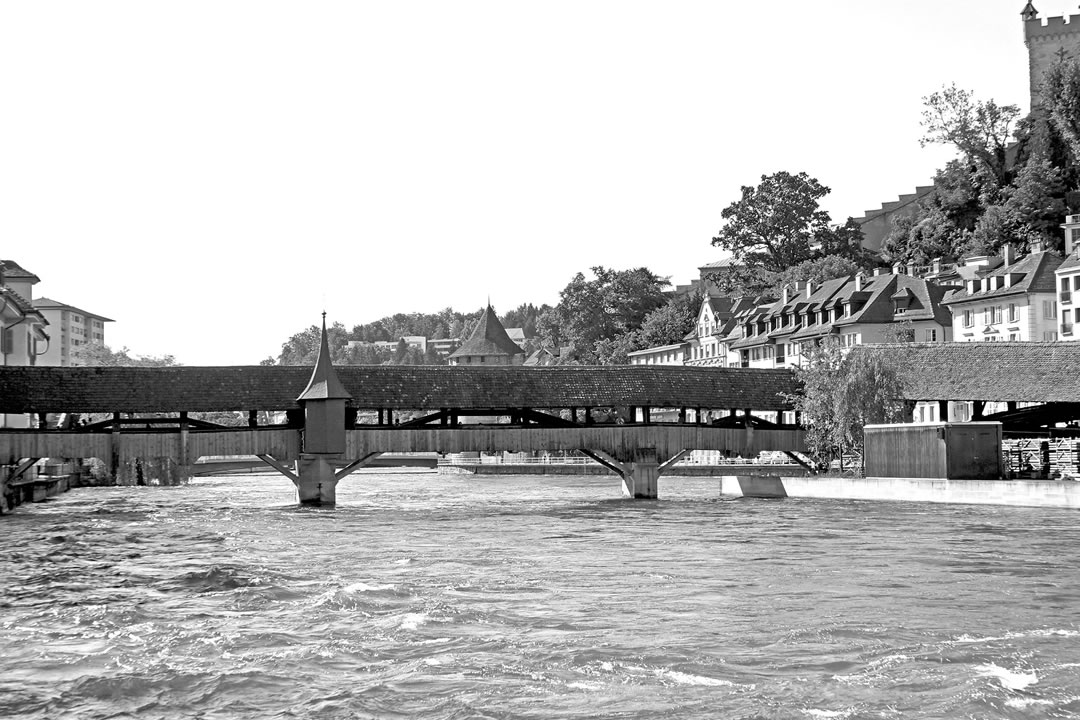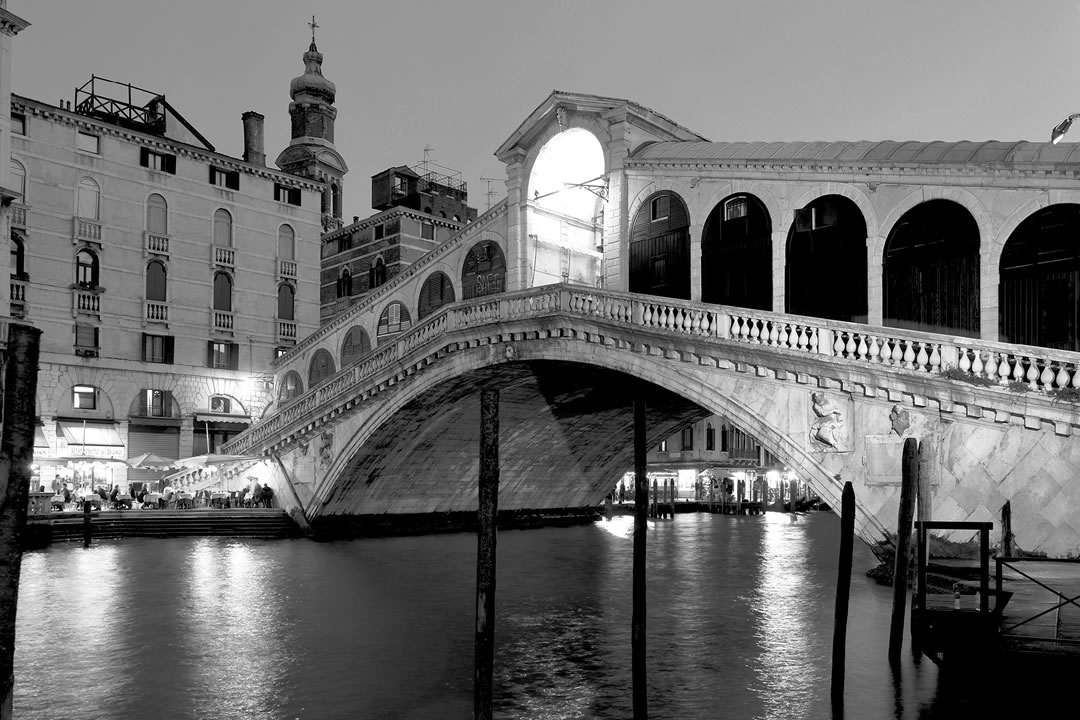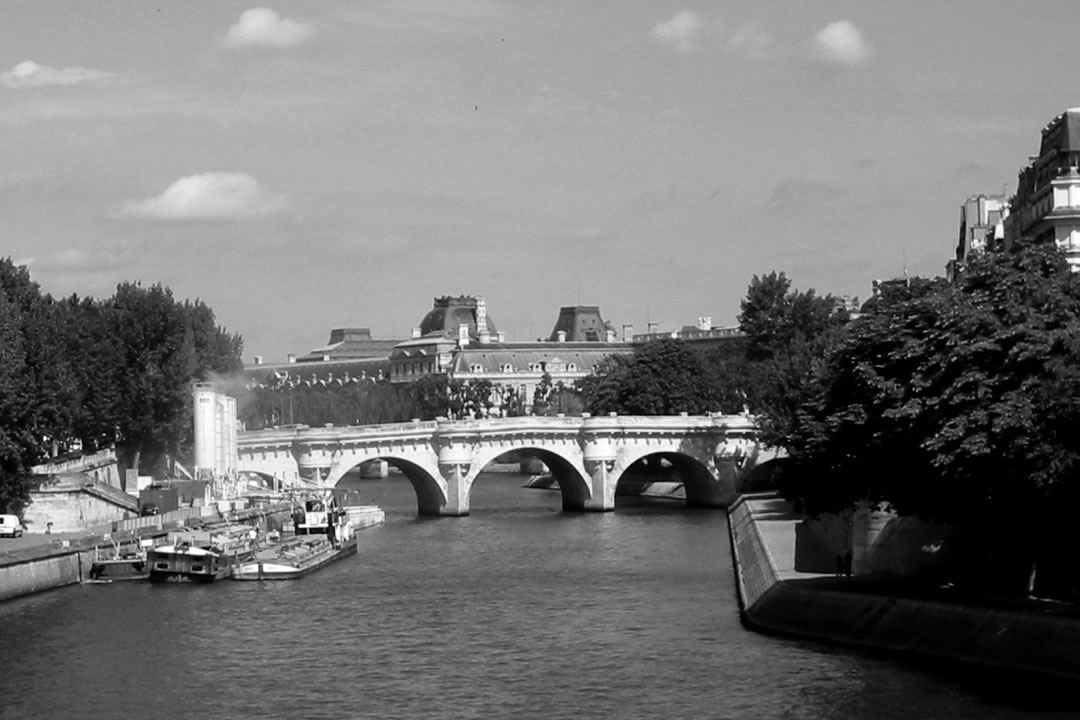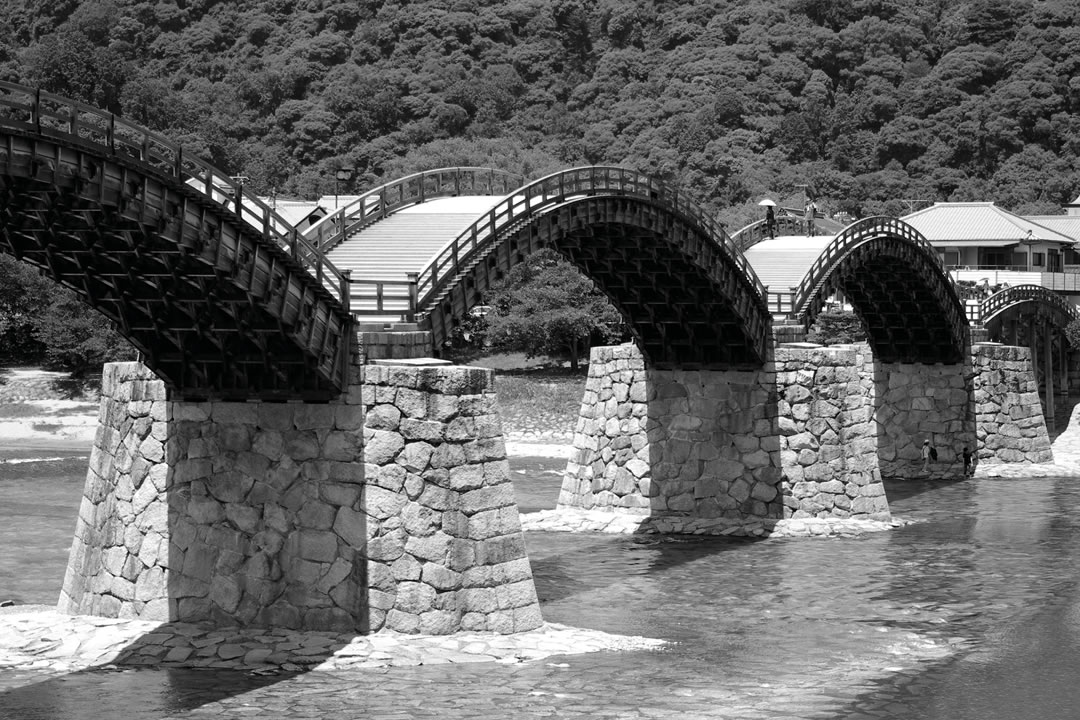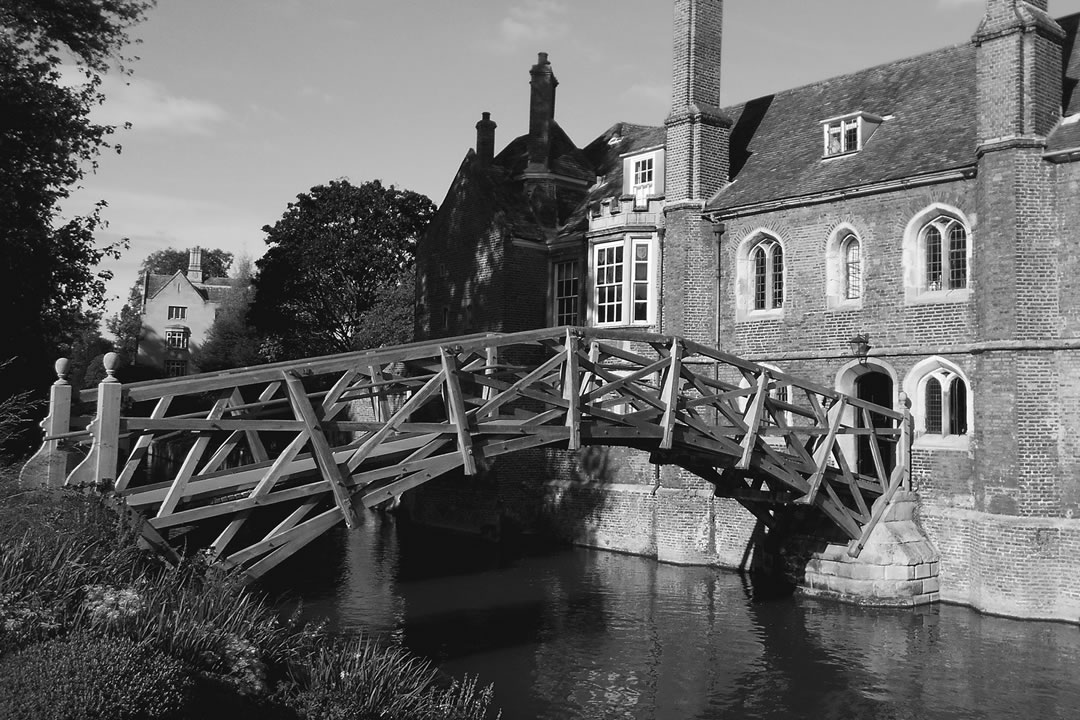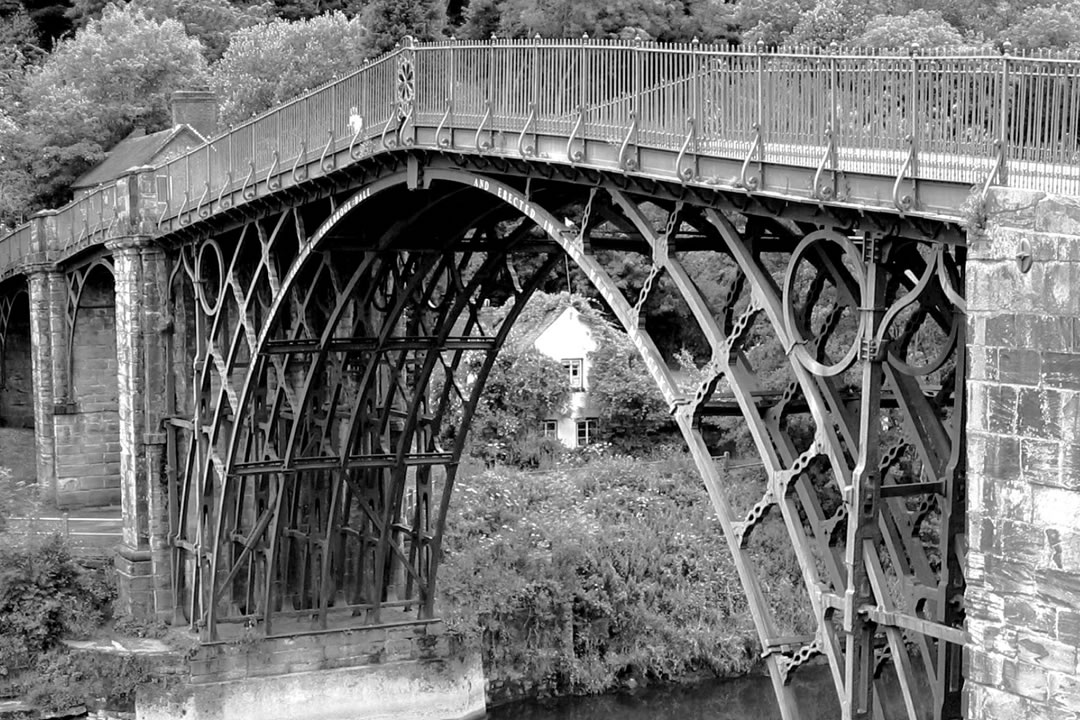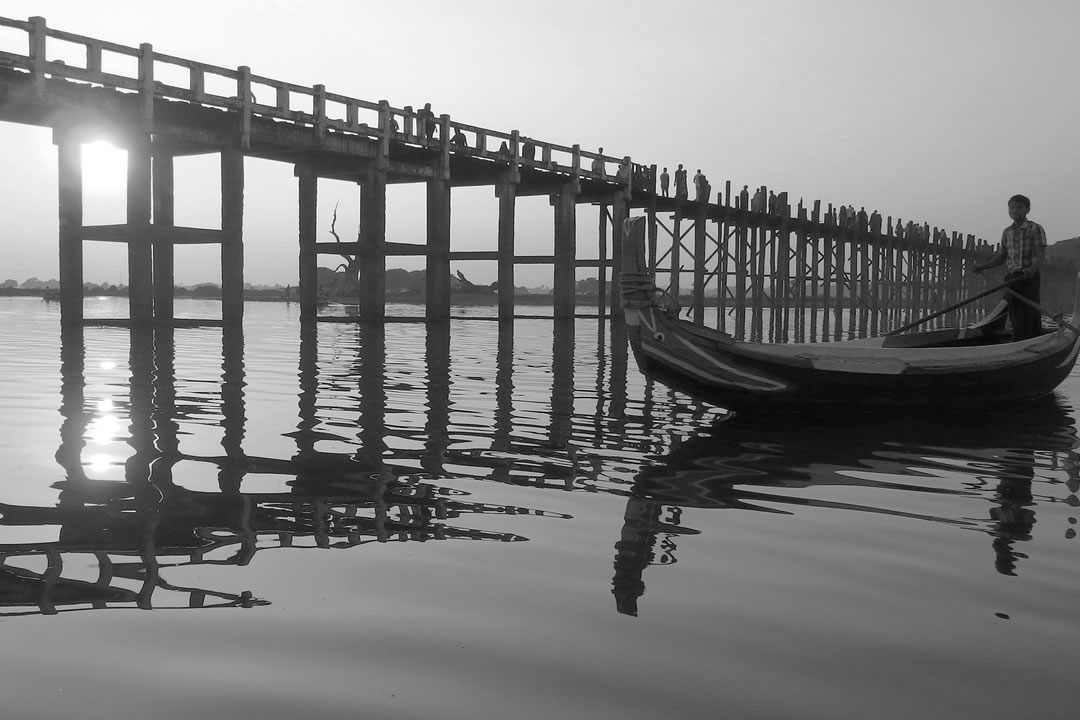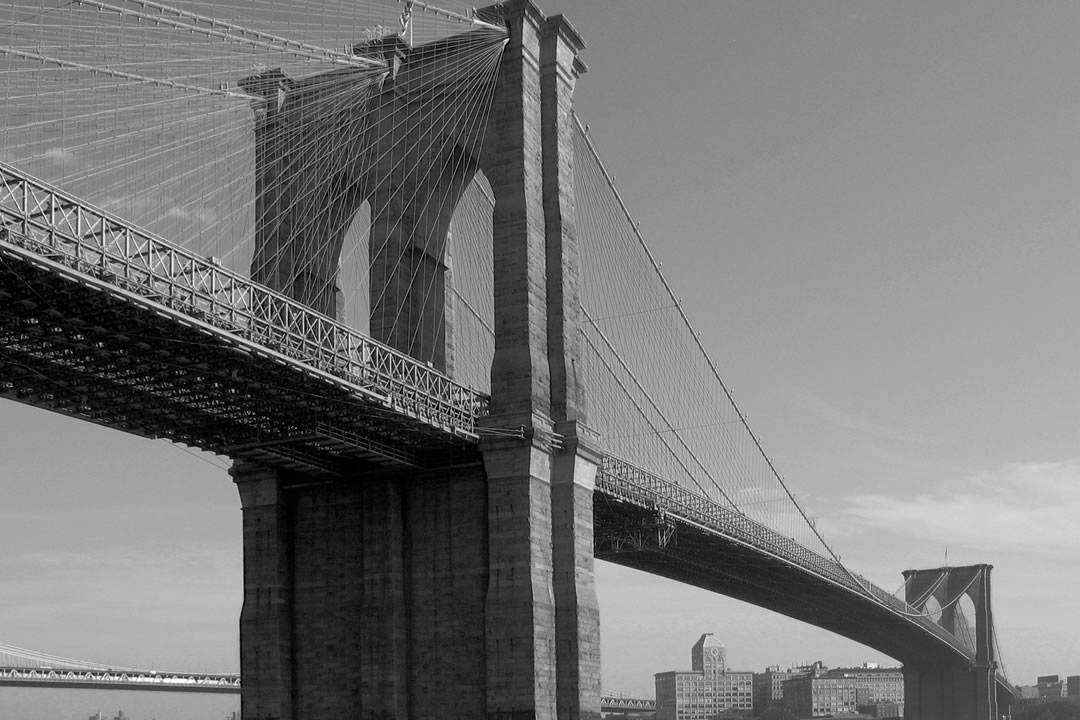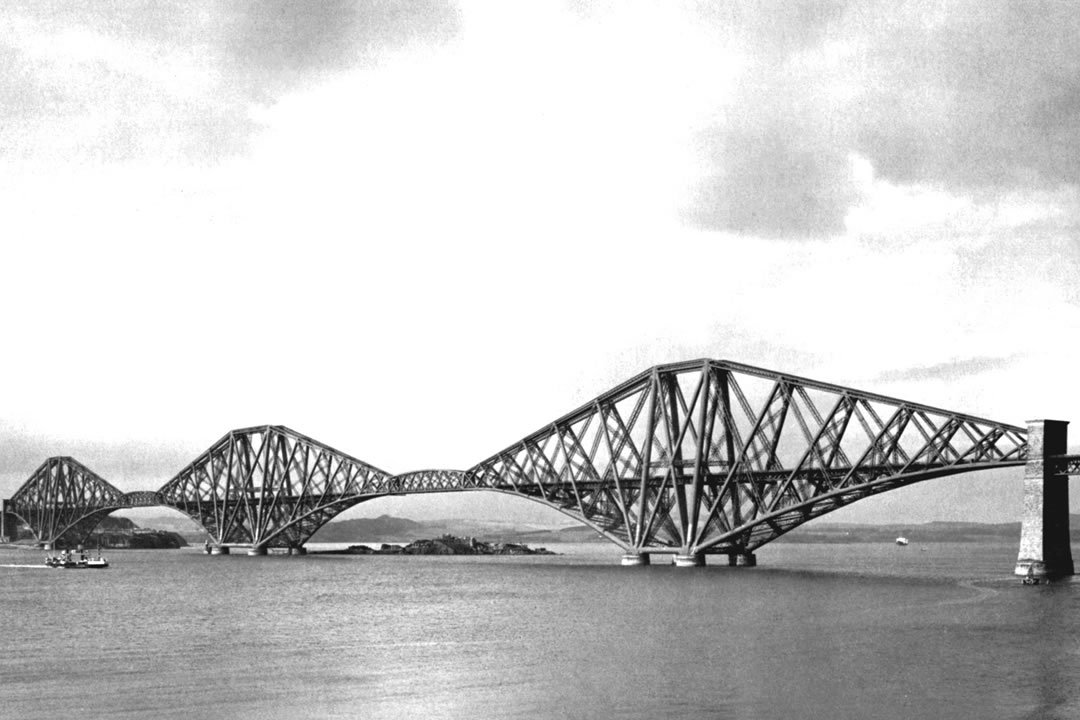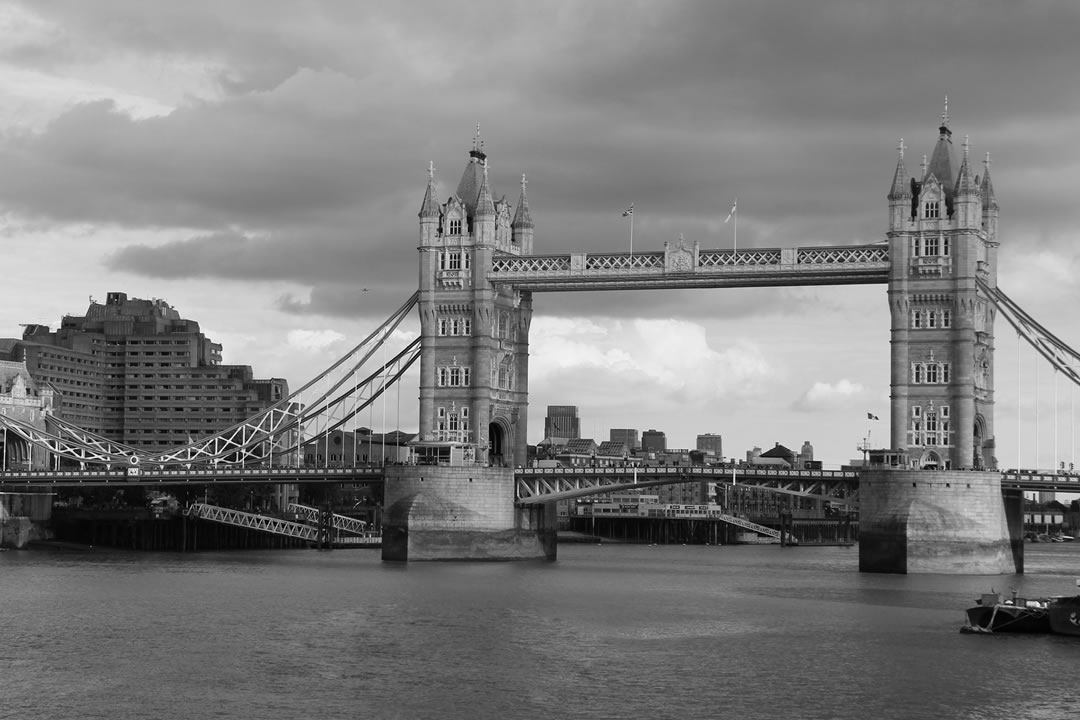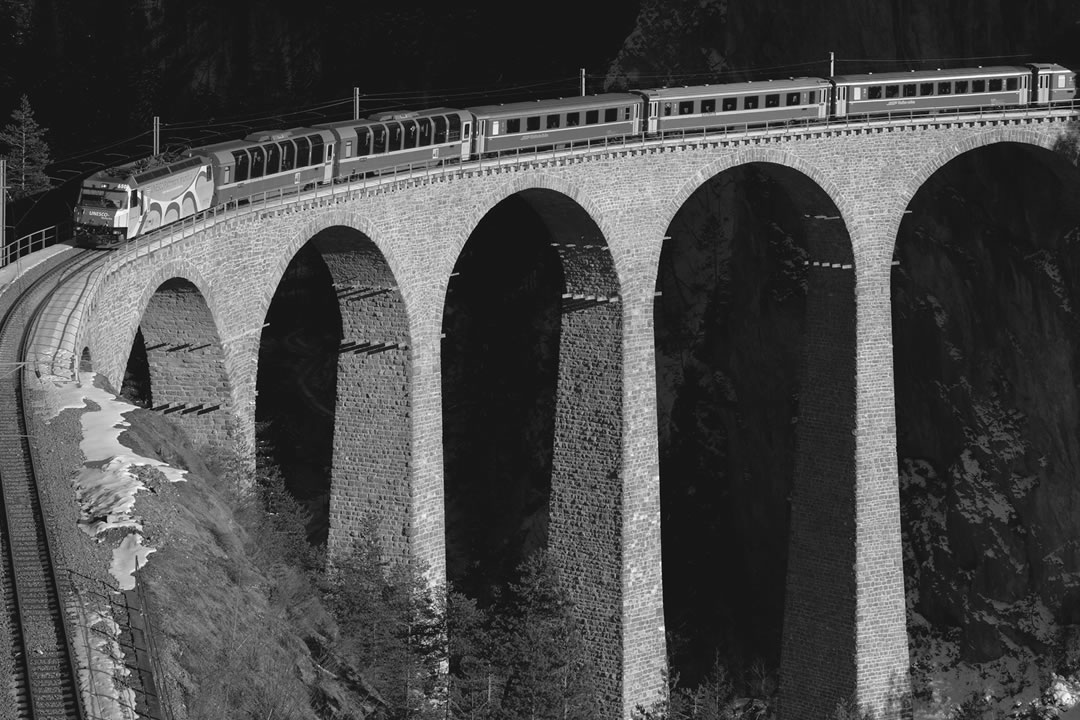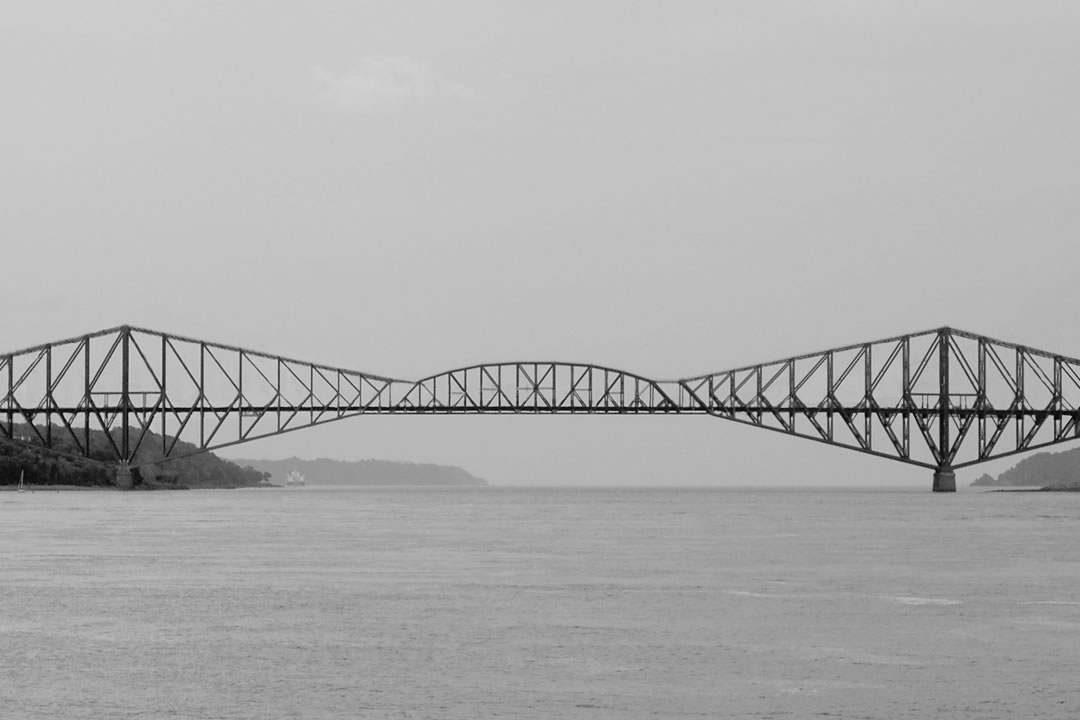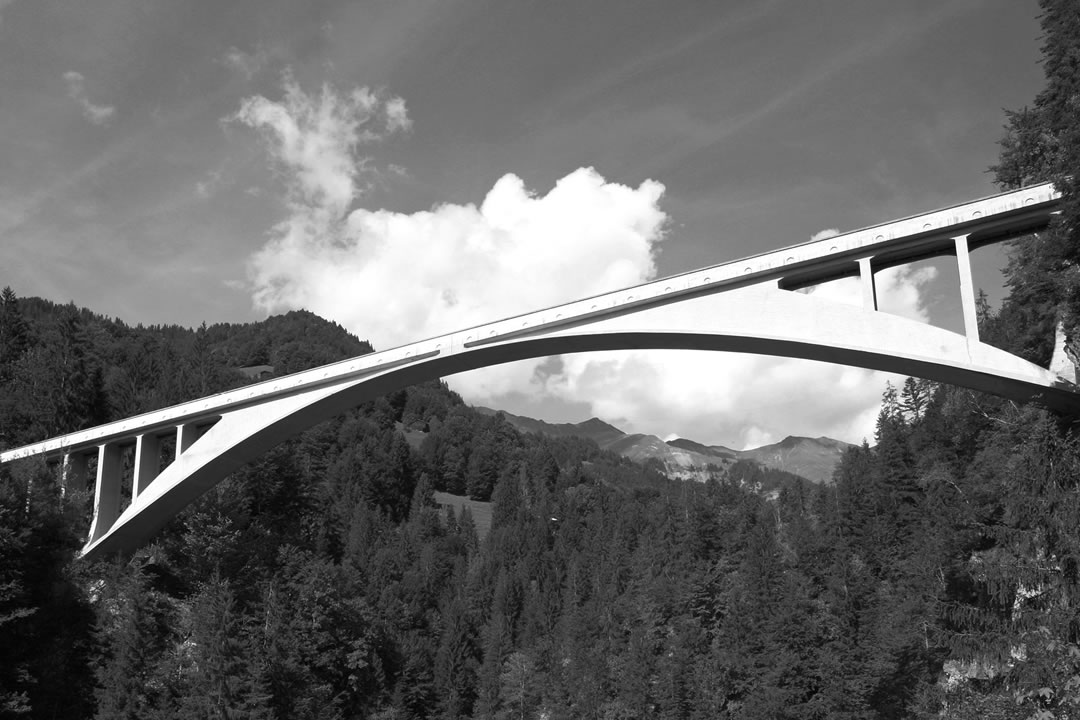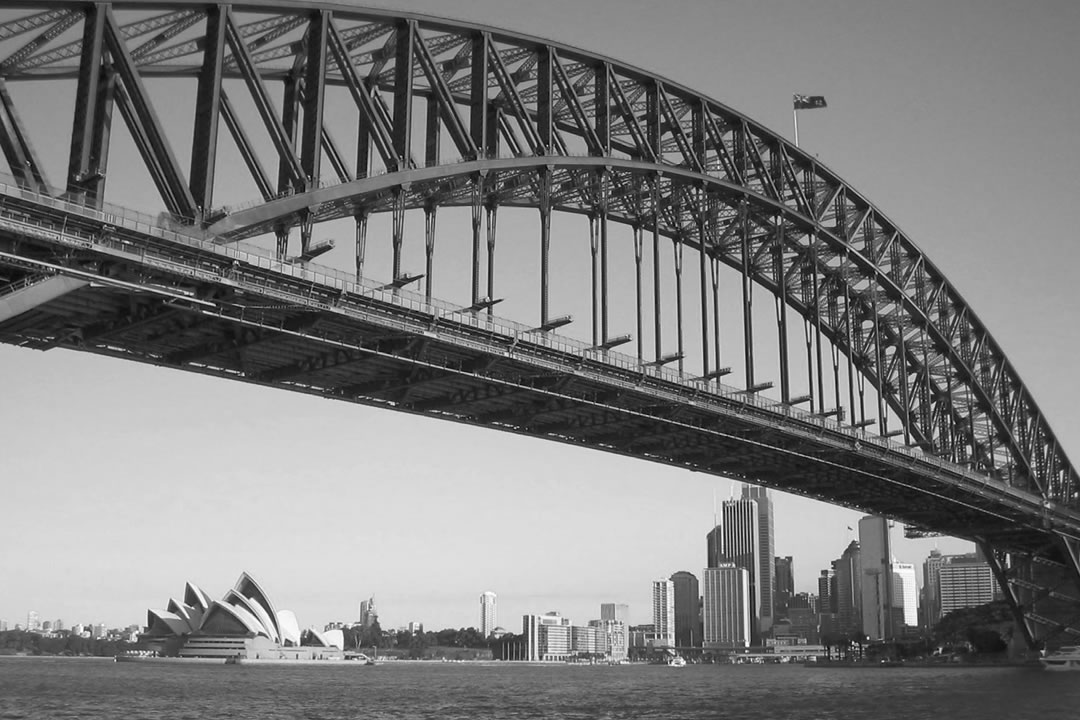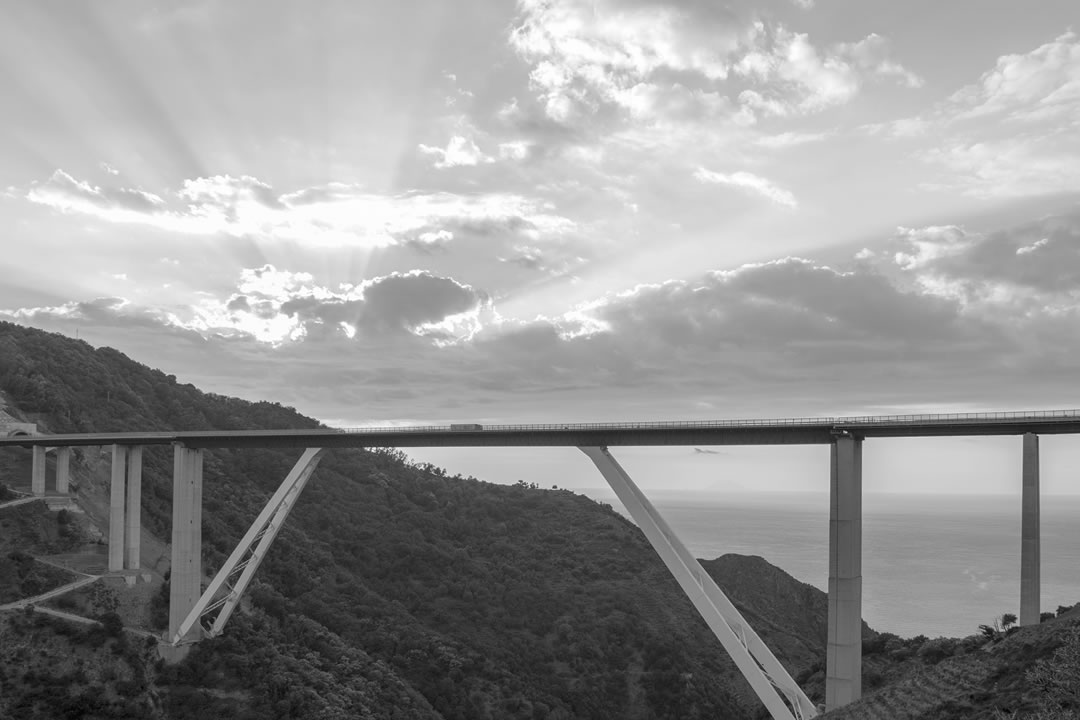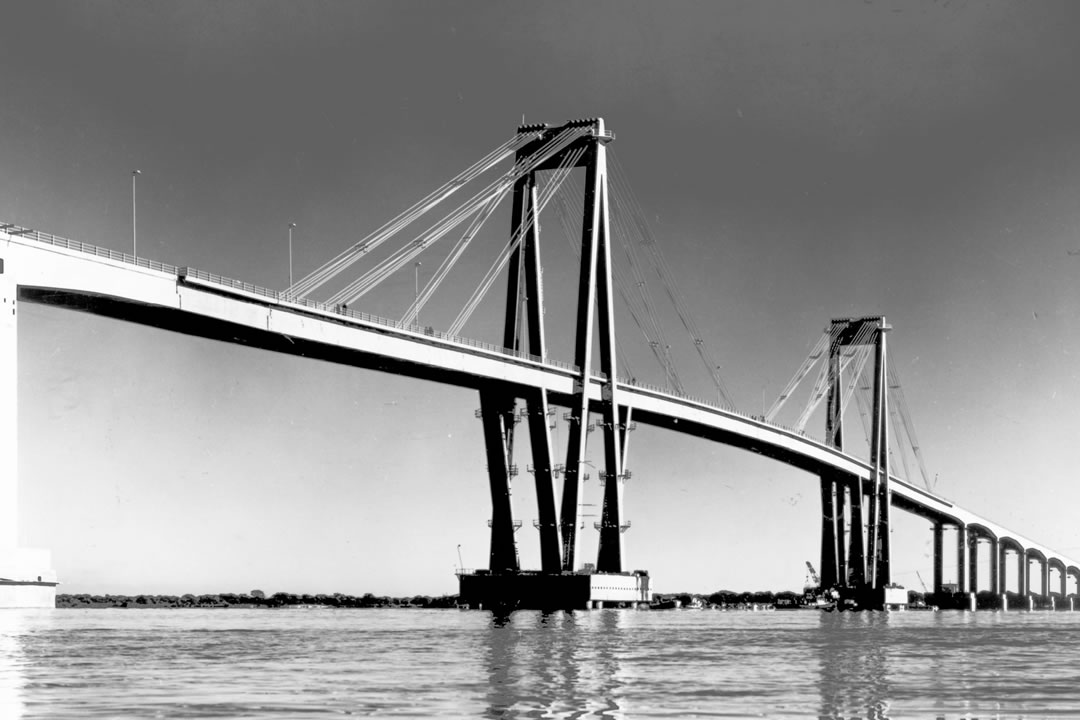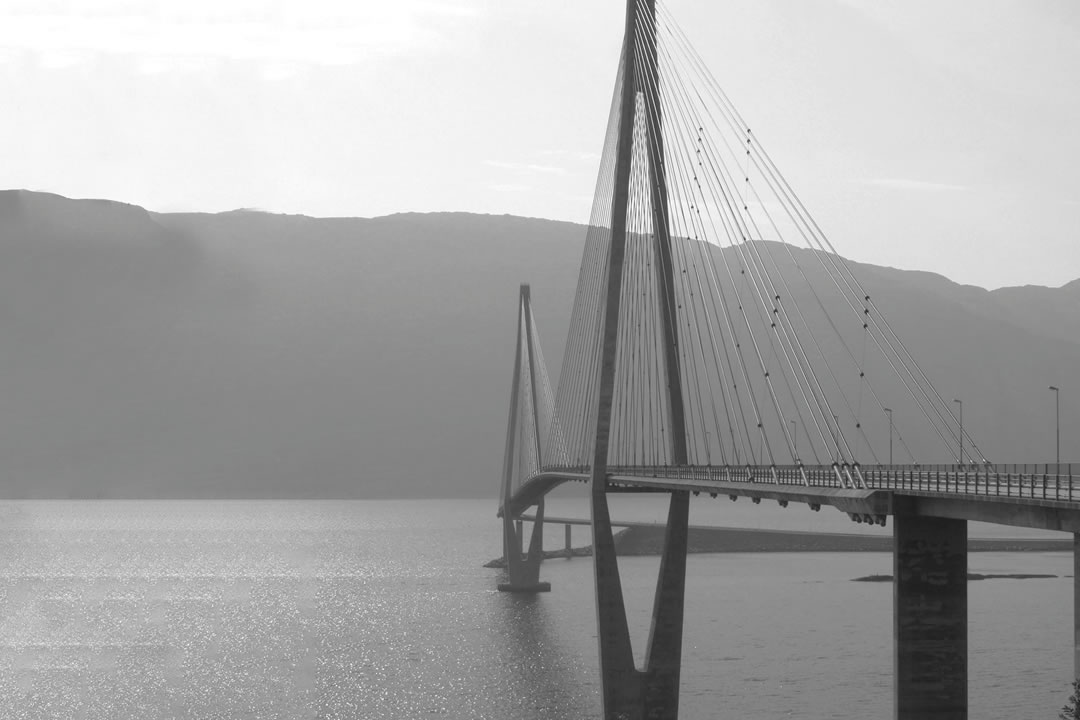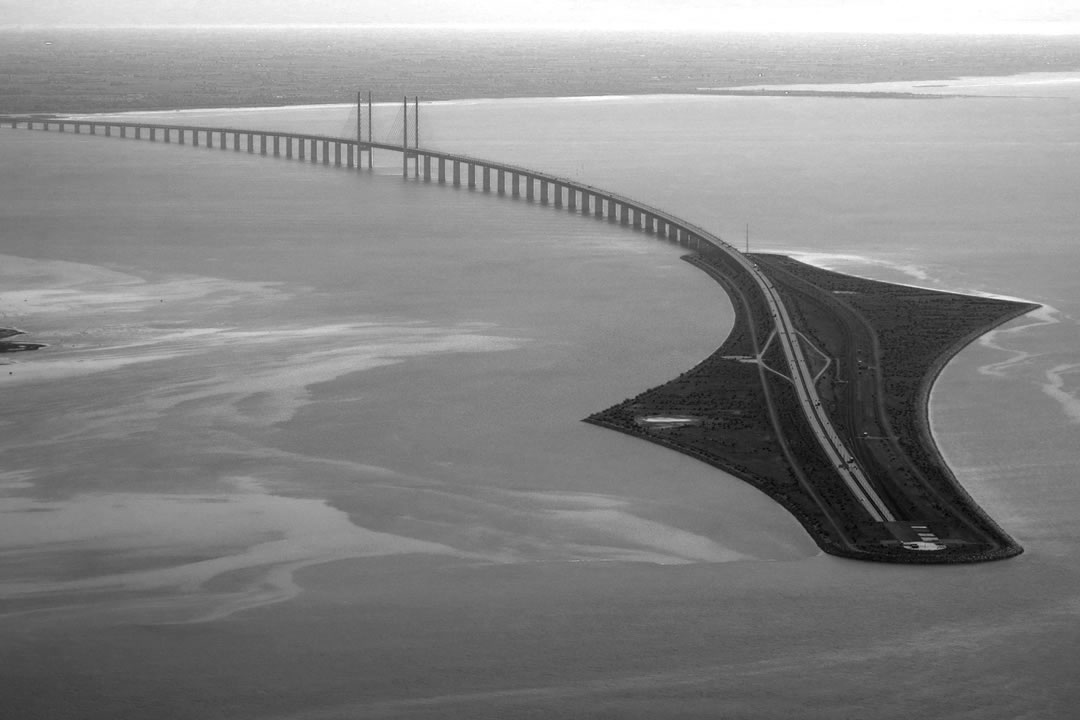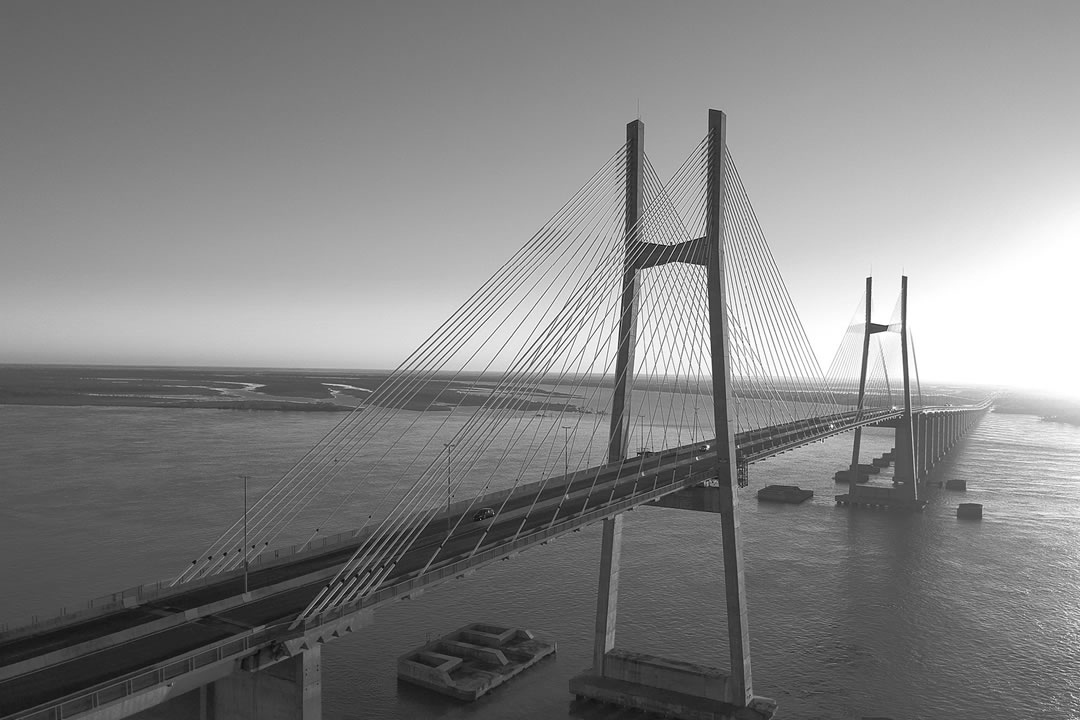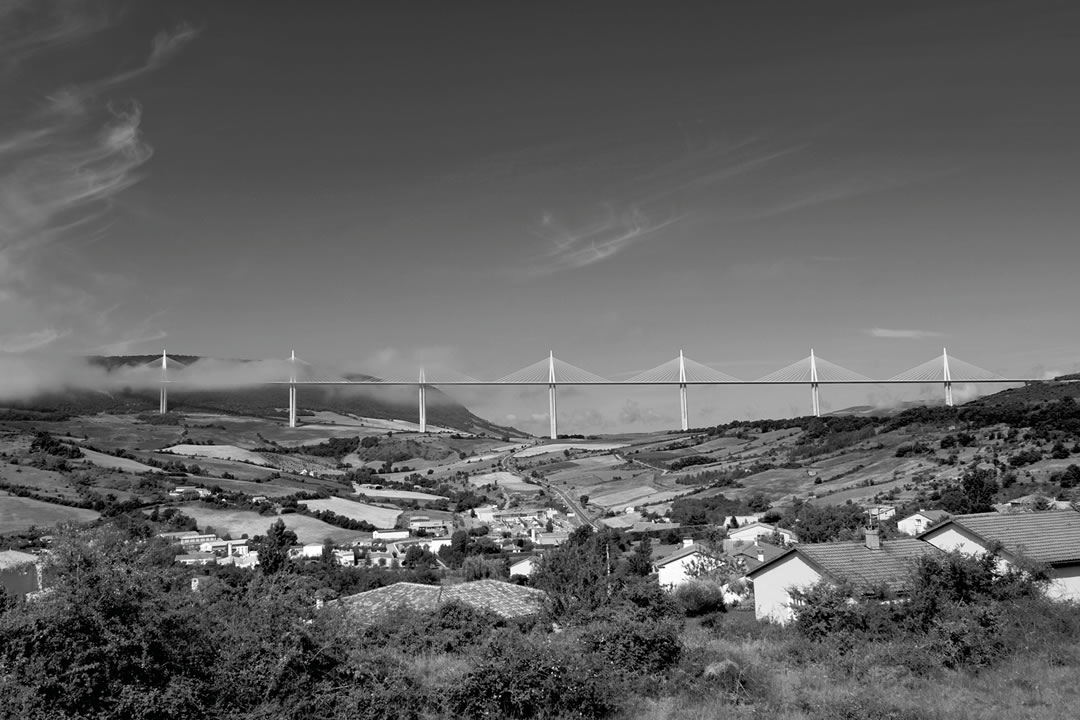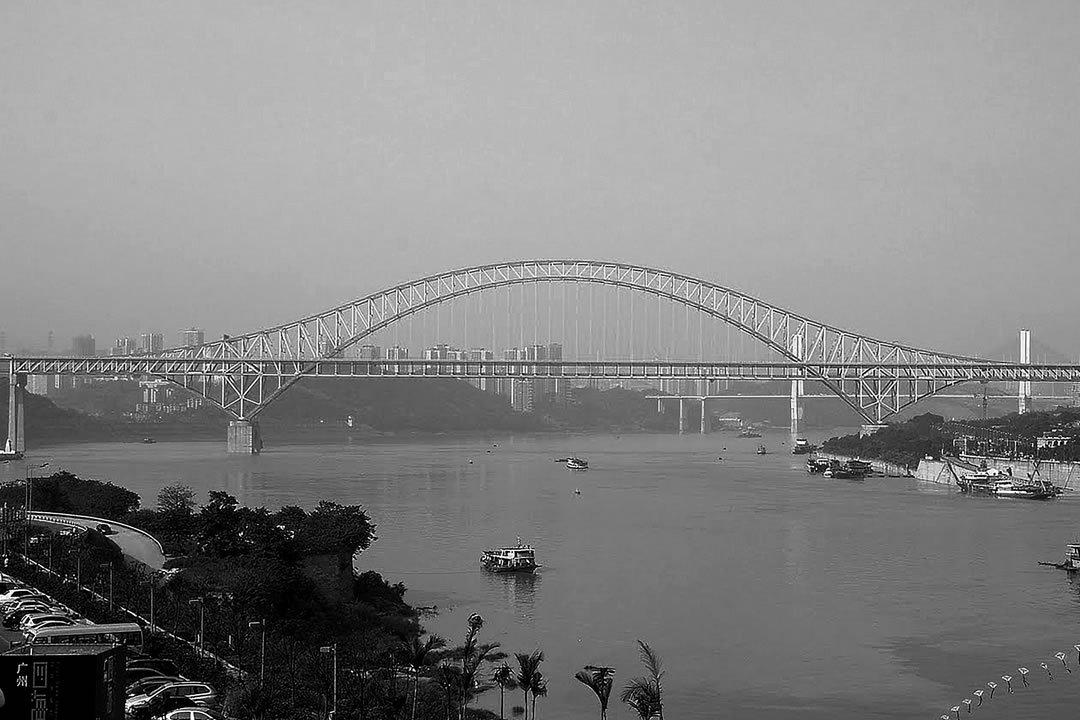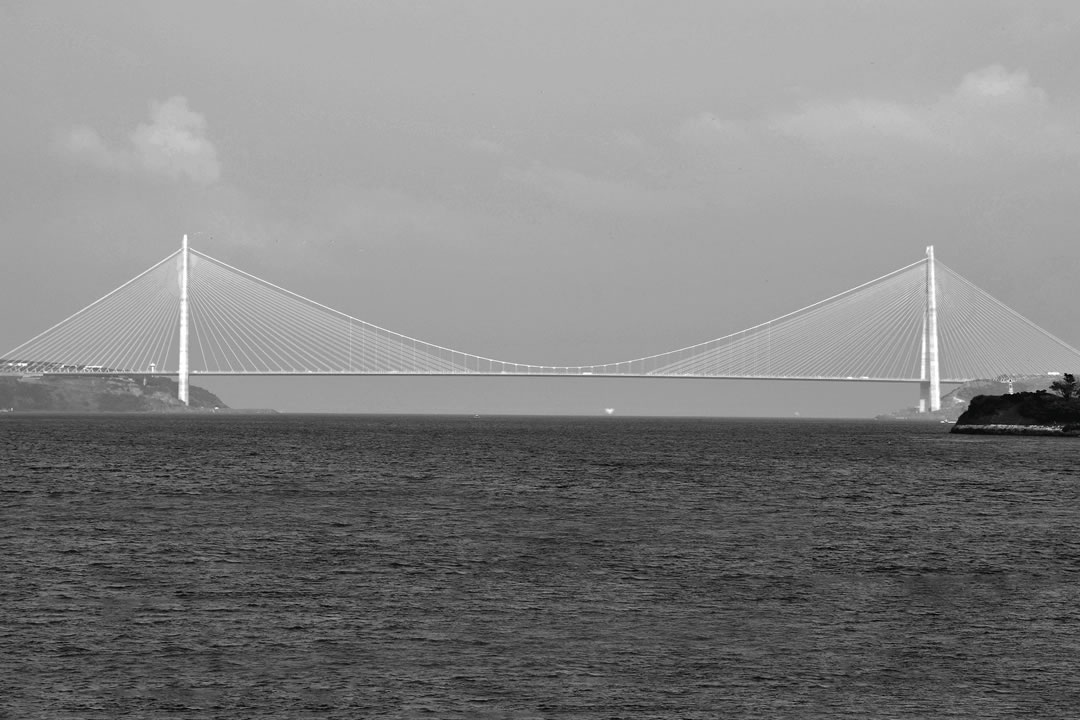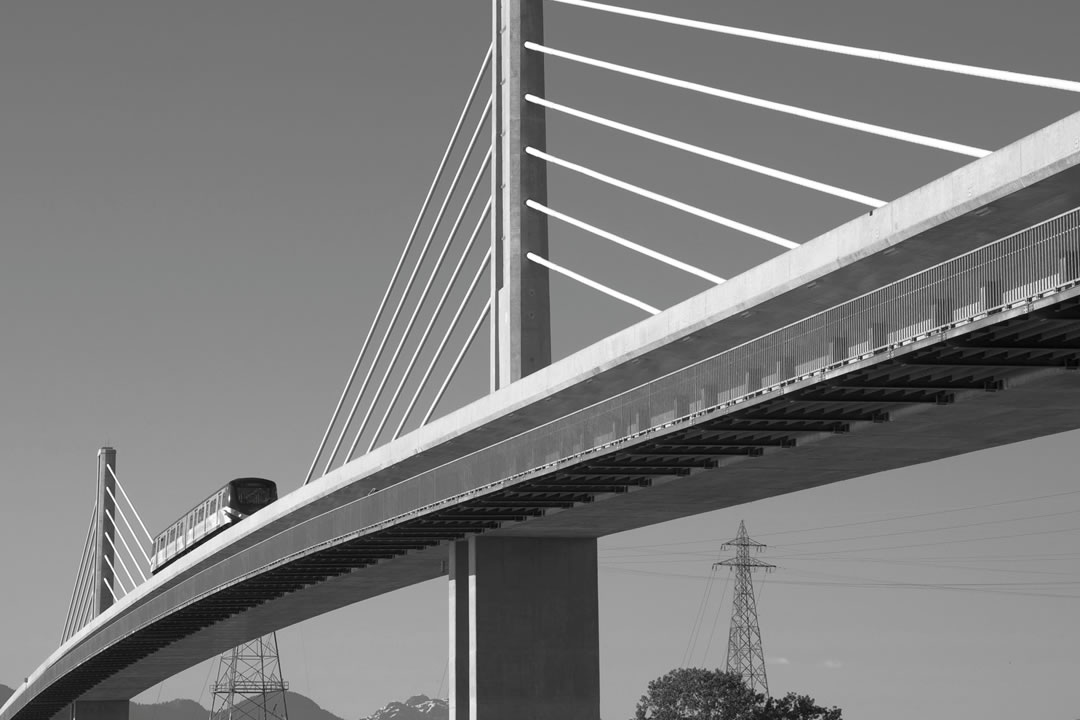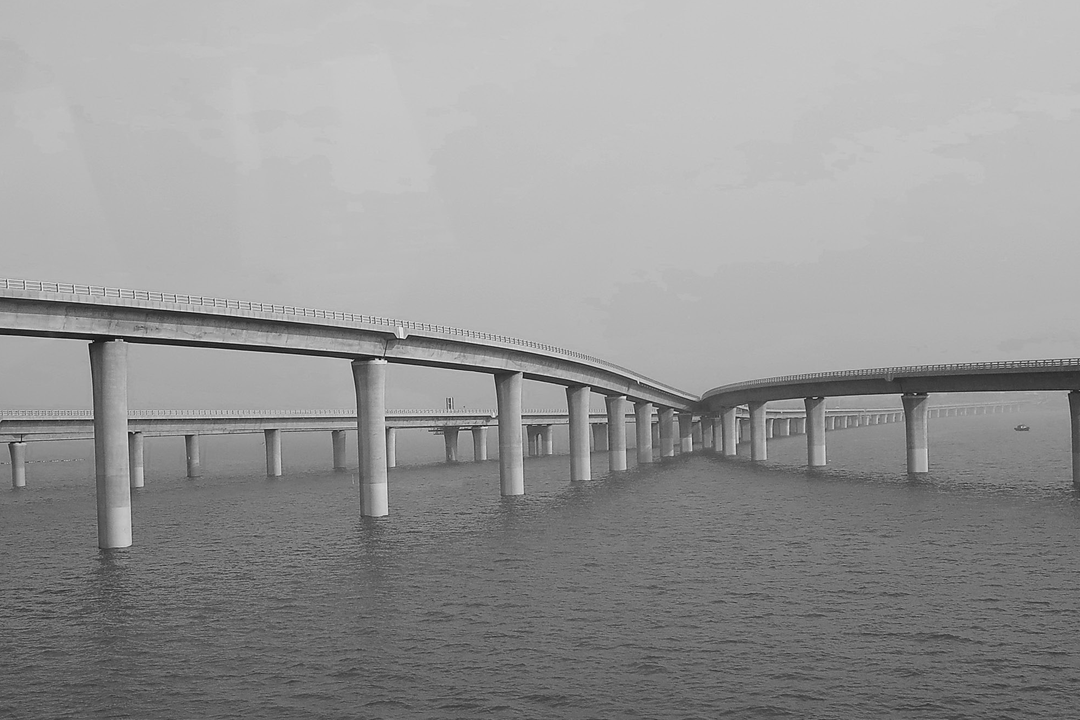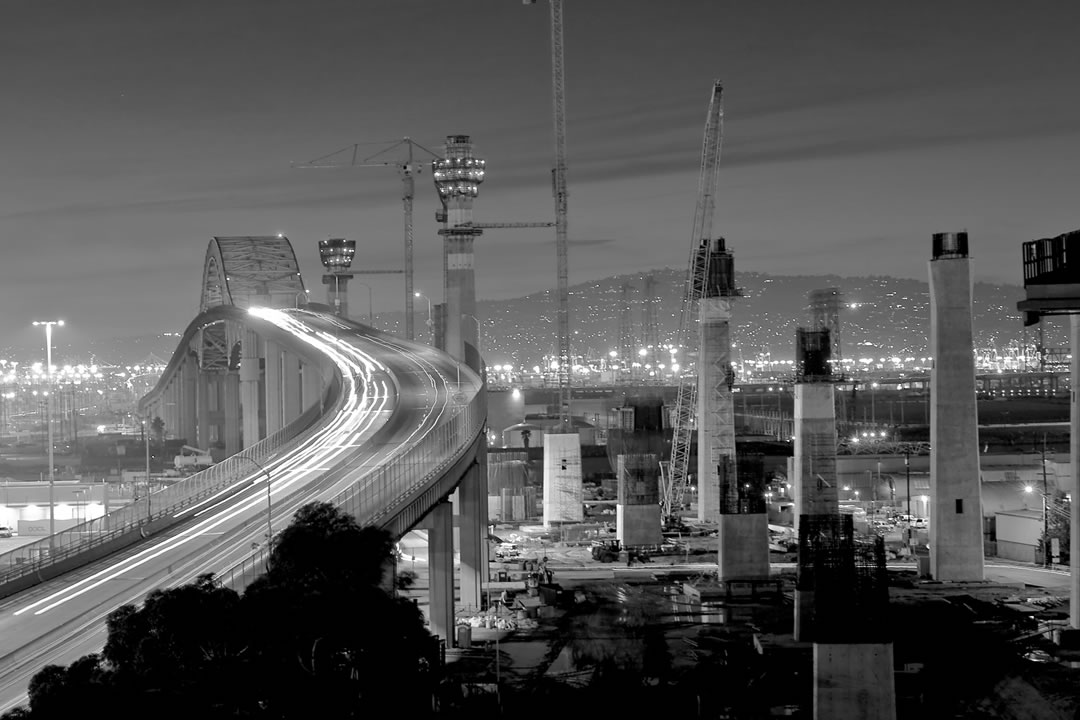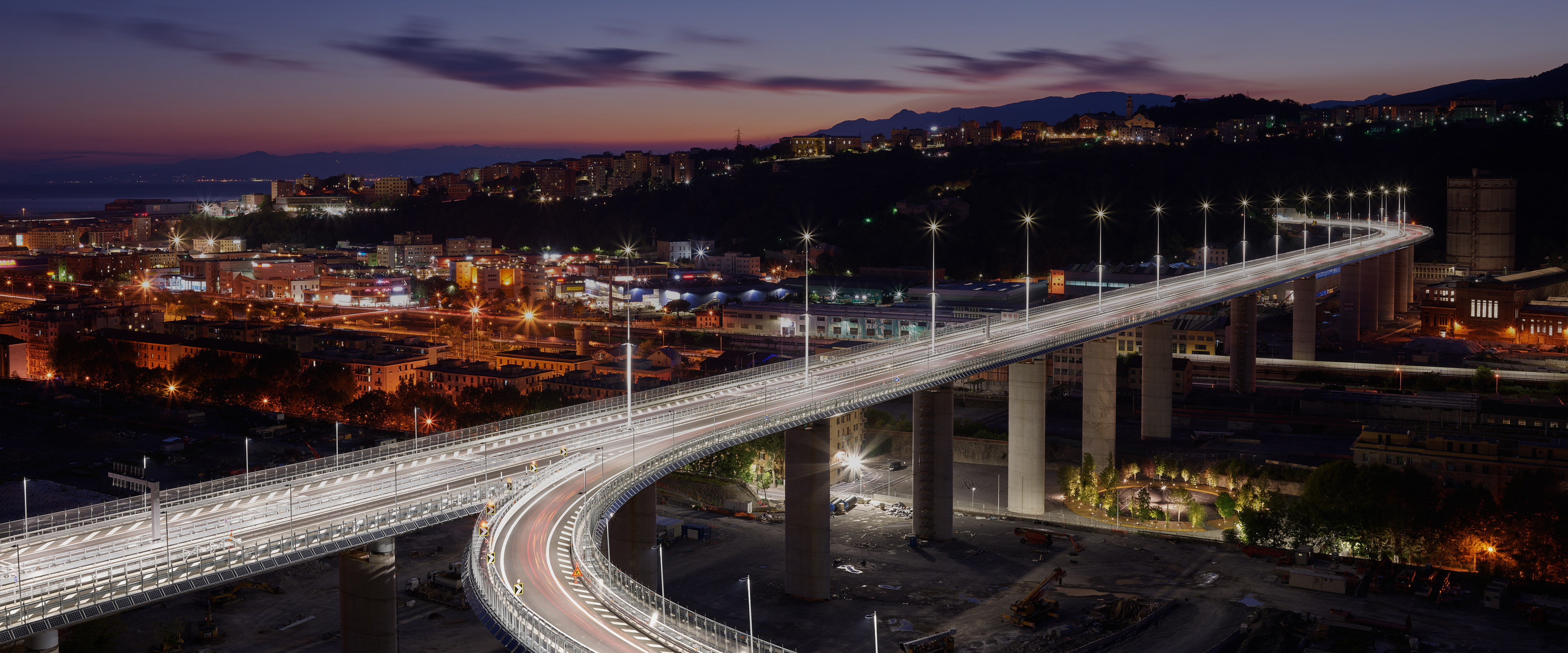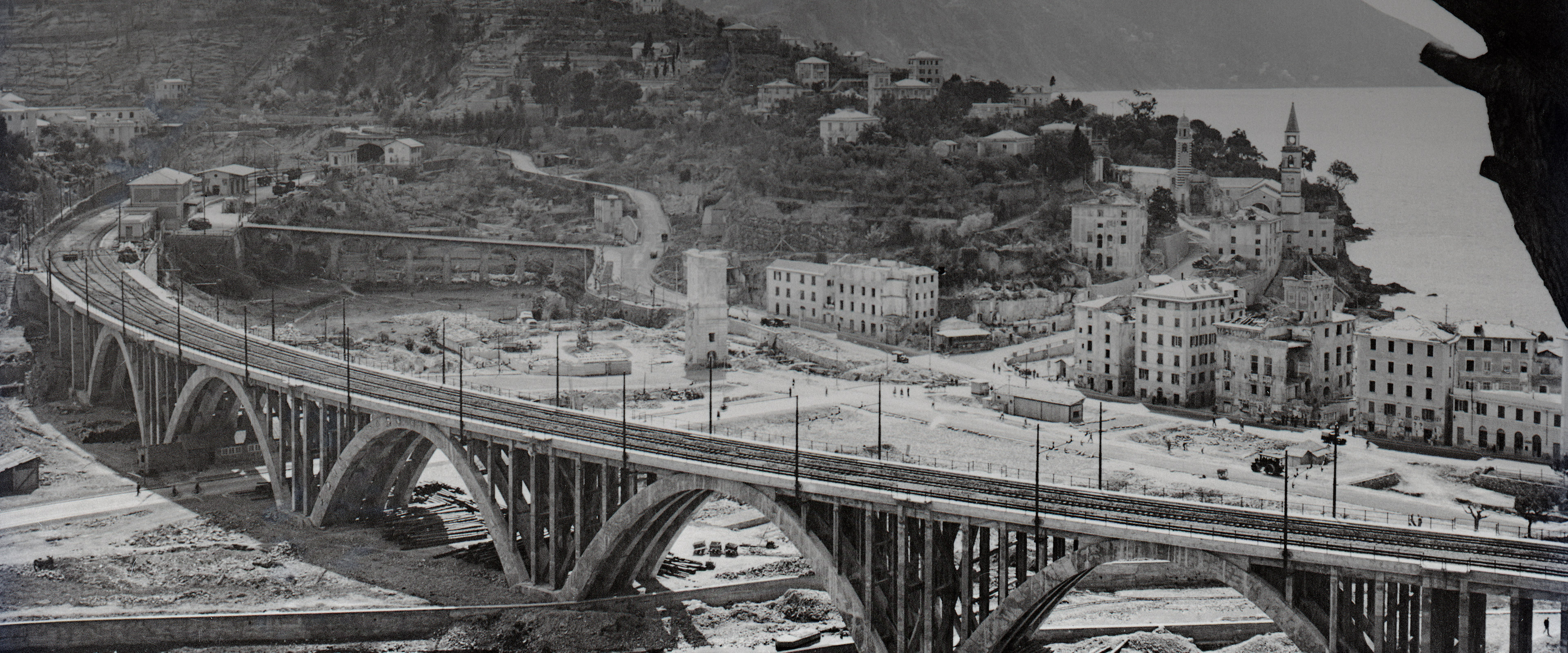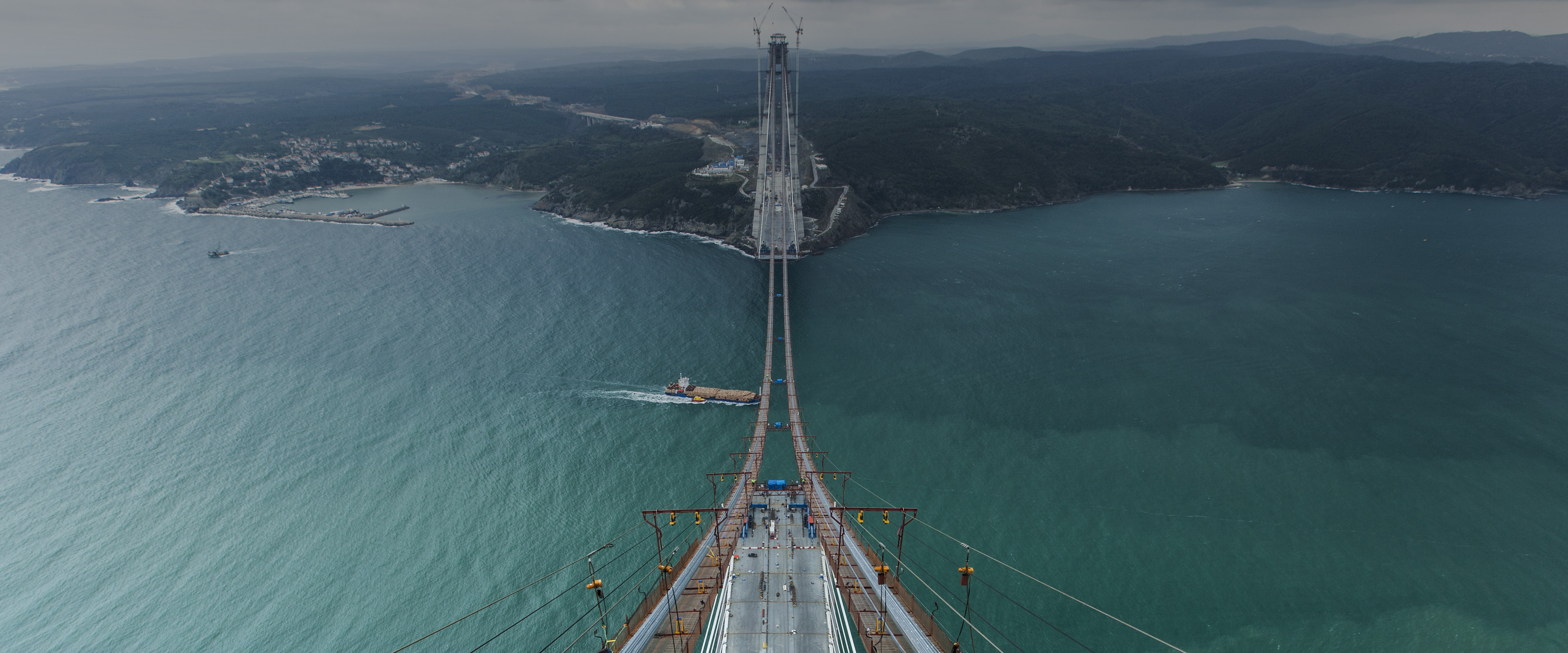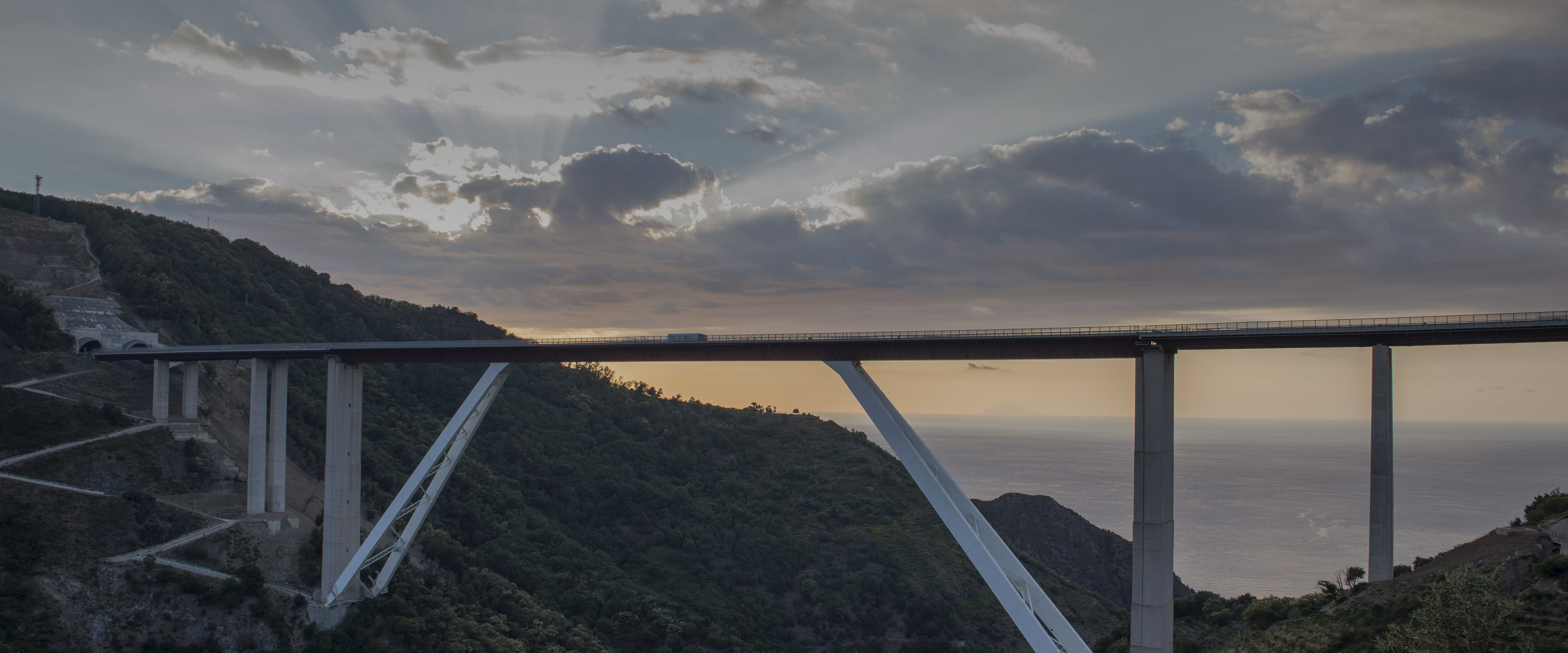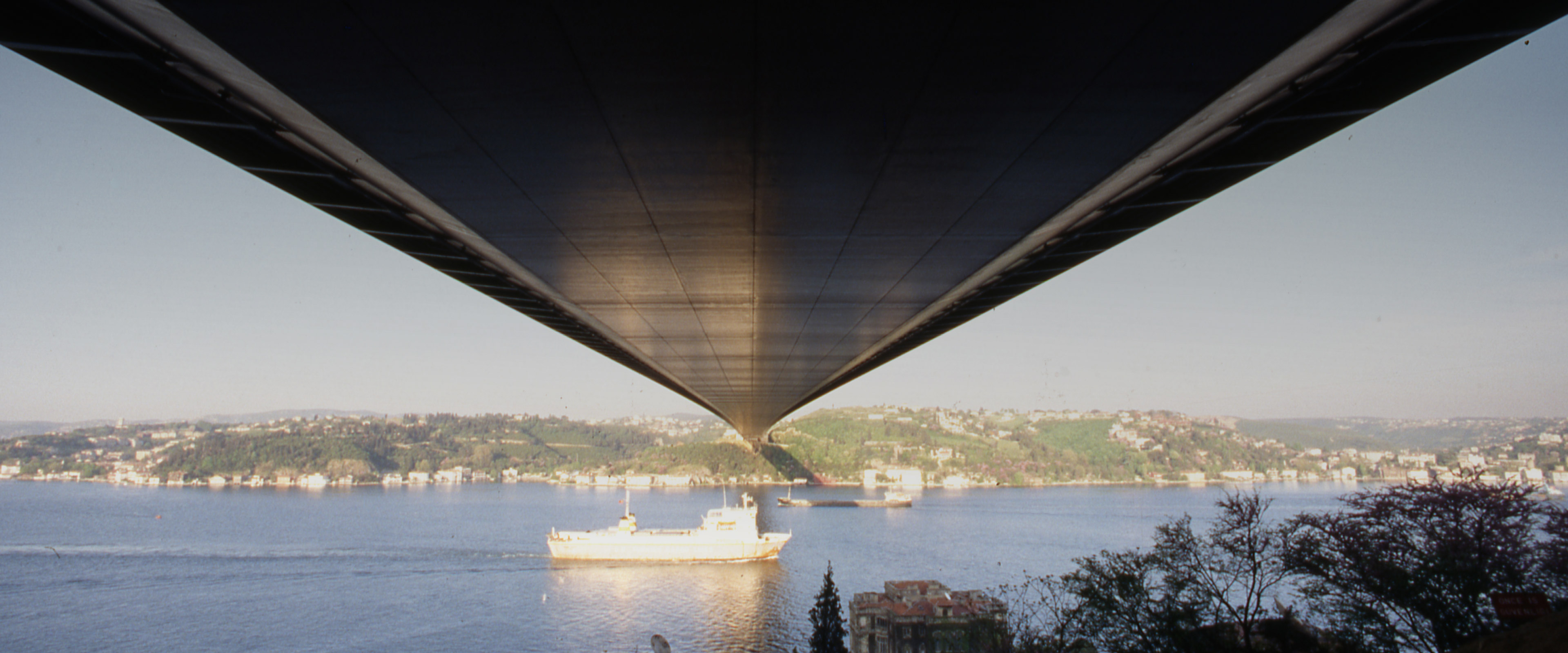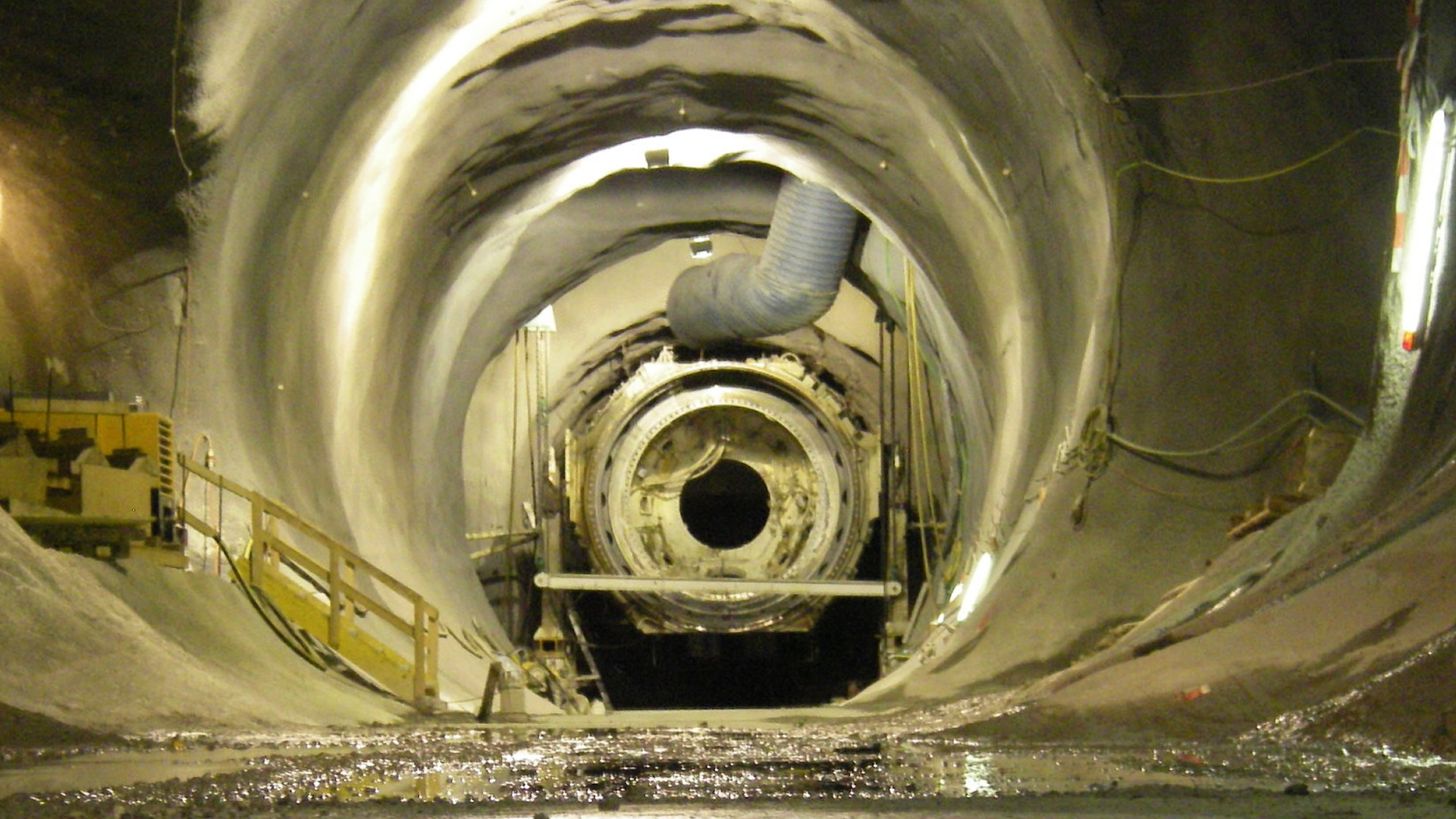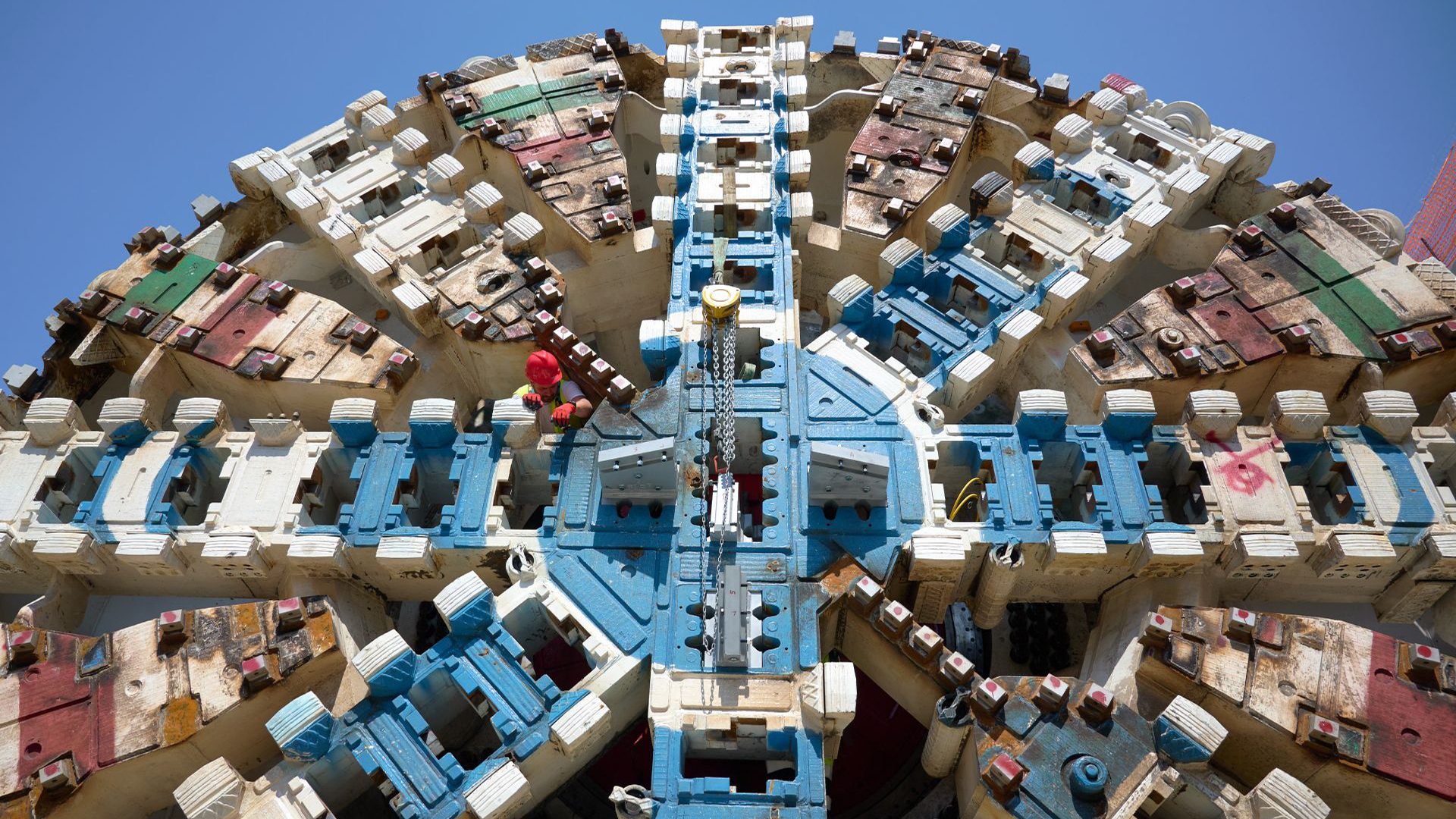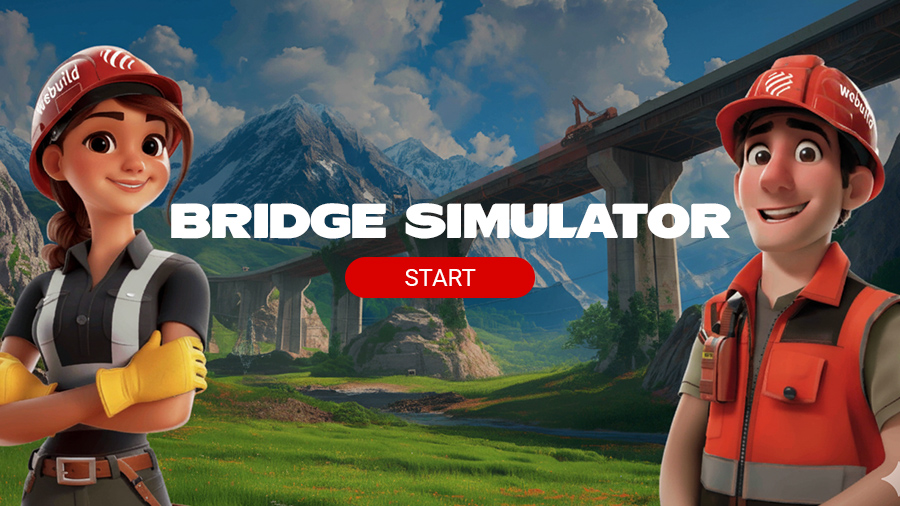
How bridges are built?
“Every bridge should join two shores. Utility and beauty”.
These are the words used by the Polish poet Stanisław Jerzy Lec to define the very essence of this type of infrastructure.
Bridges, since ancient times, have always met Man's need to connect his settlements with the surrounding territory. First in wood, and then in stone. And then, after the industrial revolution, in metal.
Bridges allowed Man to cross rivers, lakes, or any other type of natural or artificial obstacle, to go beyond. Bringing together places and peoples. To exceed every limit.
Let's discover, in this collection, the types of bridges, their parts, the materials used to build them, the phases required to build them.
A visual story dedicated to some of the world's most iconic bridges.
What type of bridges exist?
The simplest structure made of a horizontal beam and two or more vertical supports called piers.
The beam supports vertical loads, flexing and being subject to a horizontal compression on the top part, while the part under is subject to horizontal tension.
The supports do not flex but are only subject to compression.
When the bridge has more than one support it is called a "continuous beam bridge".

It features an arched deck. This type of bridge supports compression loads, transferring horizontal and vertical side forces that the foundations must contrast, to the sub-structure. This is why the foundation project presents greater complexity, while the structure above can generally require less material compared to a beam bridge of the same extension.

Featuring cables under tension and other rigid elements to which the deck hangs to.
Loads are transferred from the cables to the supporting towers that transfer the vertical thrust to the soil, and to the anchoring elements that mainly support traction towards the inside. Being suspended in the air, the deck must not move excessively under loads.

A suspended bridge whose deck is supported by stays connected to the supporting towers.
Stays are a series of cables under tension that are almost diagonal and that transfer vertical thrusts to the foundations through the towers, also keeping the deck horizontally compressed.

Which materials are used for bridges?
Bridges can be made with wood, masonry, metal or concrete.
The most ancient bridges are built with wood or stone. Metal and concrete bridges were possible after the Industrial Revolution, which brought to an extraordinary production of concrete and steel. These different materials are used today in various combinations: i.e. using reinforced concrete for the piles and steel for the deck.
The most ancient material that is though subject to quicker wear and deterioration, which is the reason why other materials were used. This is why there are not many wooden bridges today left to admire.
Stone is also a material that has been used since ancient times, probably even since pre-Roman Italy.
Since the 18th century, with the progresses made in working materials introduced during the
Industrial Revolution, the first cast iron bridges started to appear, which later on were made with wrought iron, and towards the end of the 19th century, in steel.
The most recent material to be used when building bridges is concrete that, with the use of reinforced steel, creates reinforced concrete.
The materials used to build bridges can also be used in different combinations building mixed bridges.
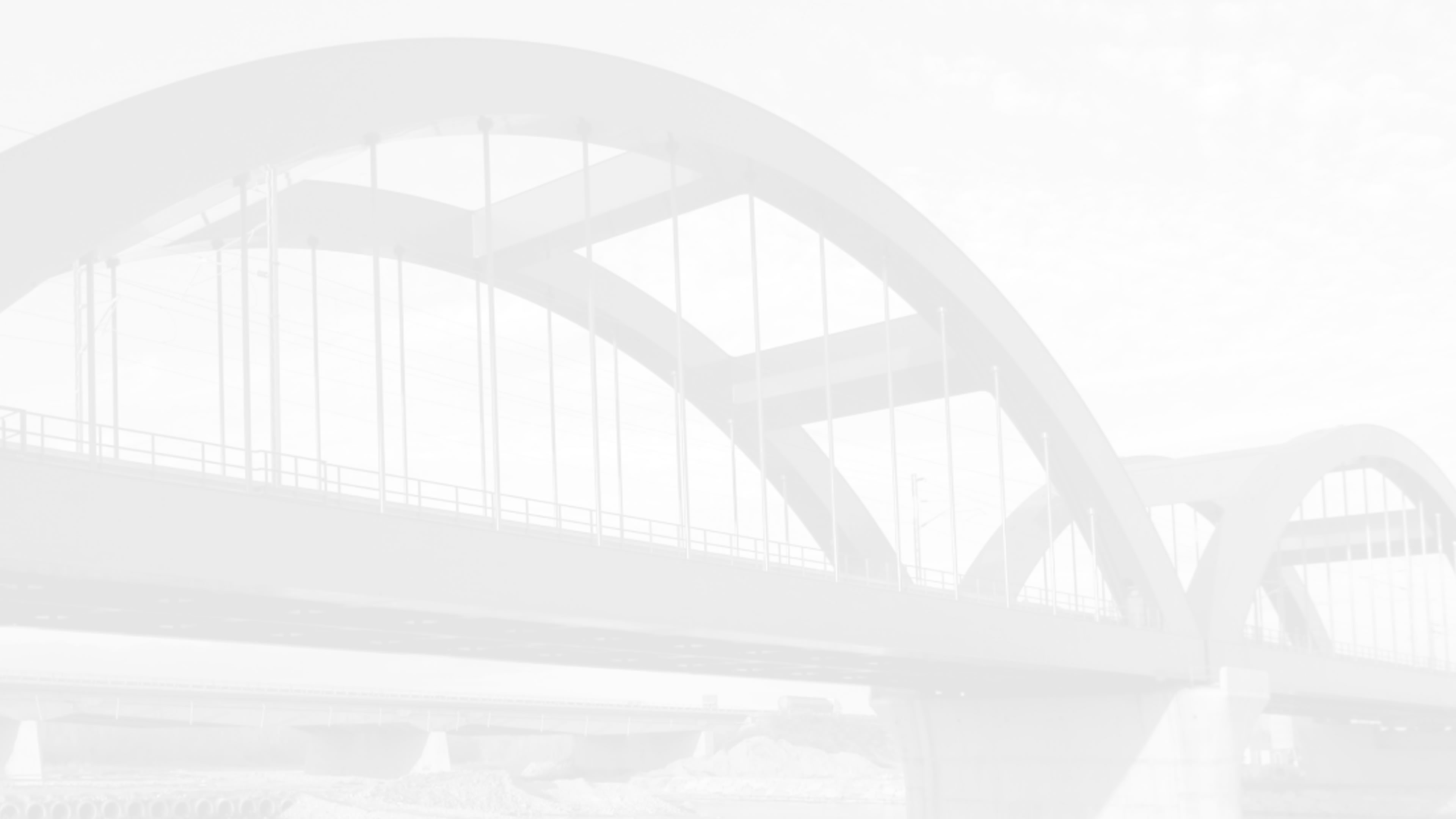
What are the partes that form a bridge?




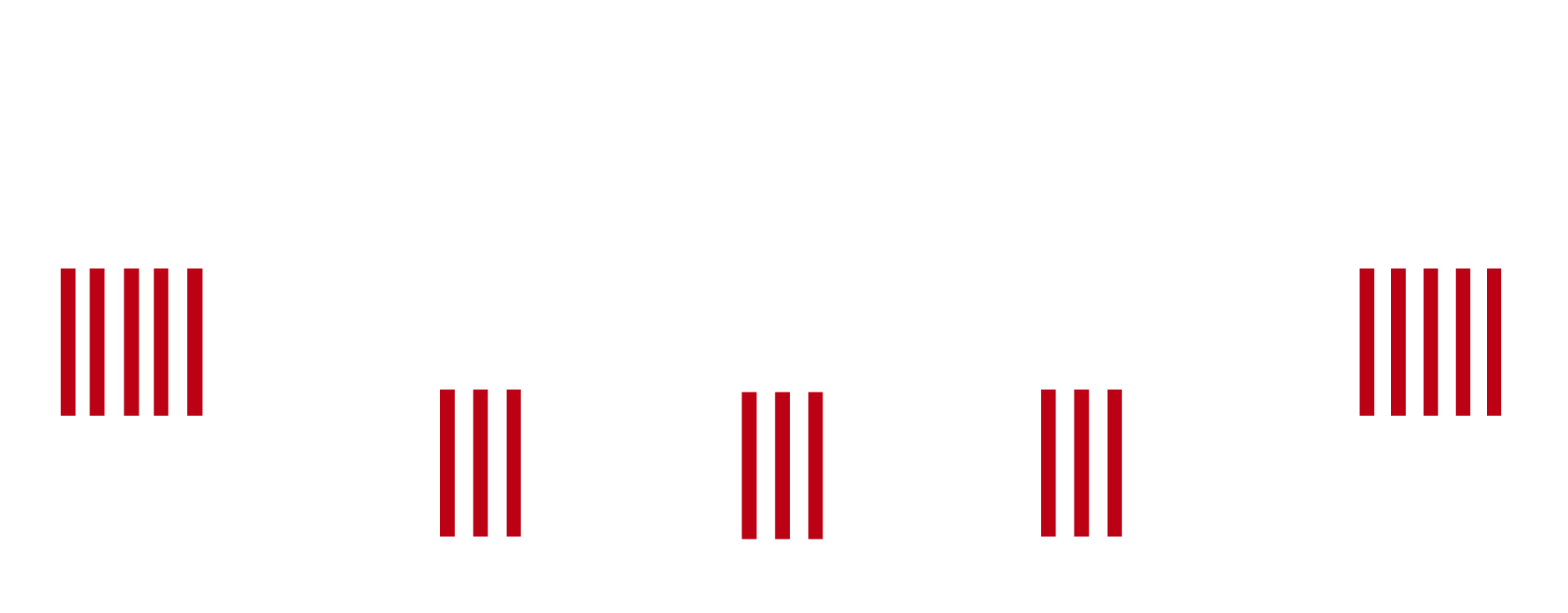



The construction phases
